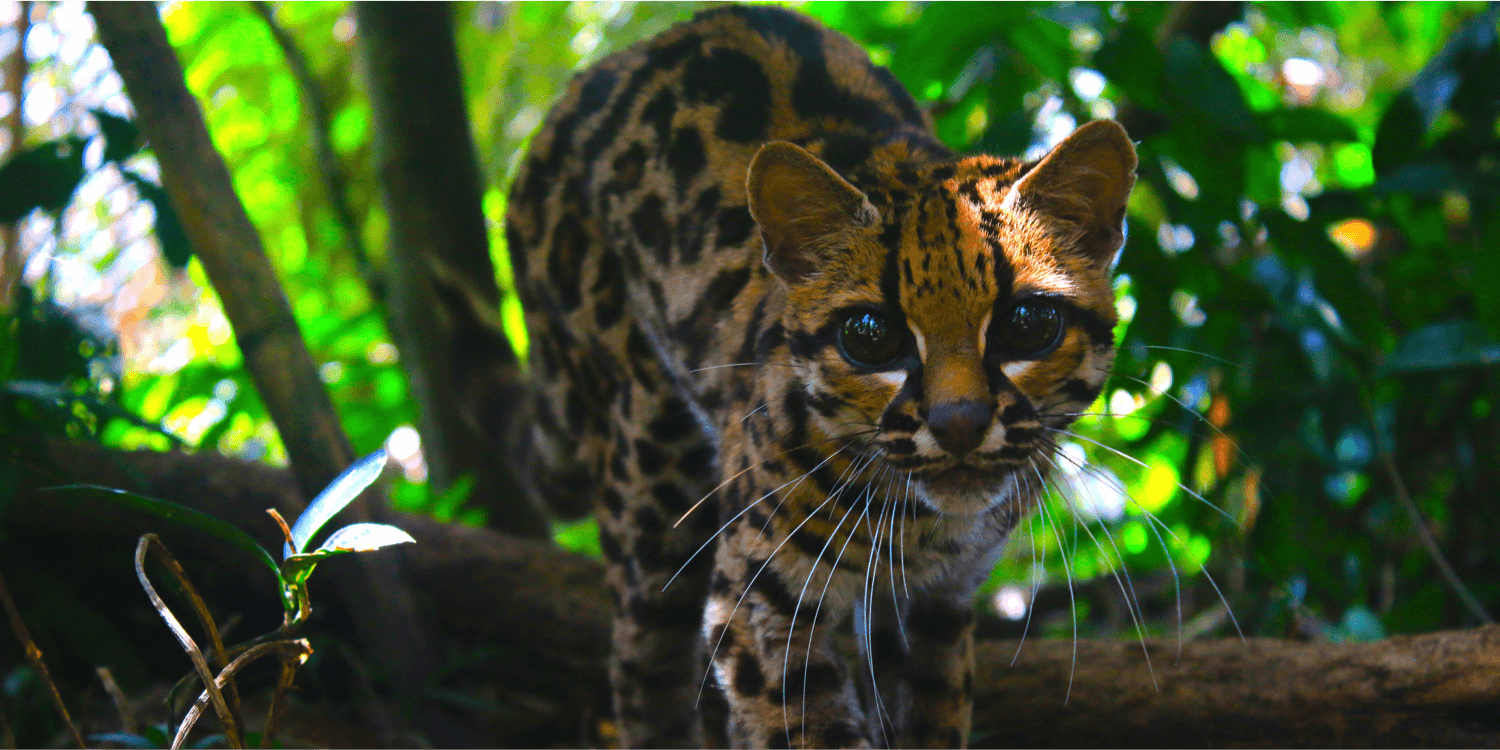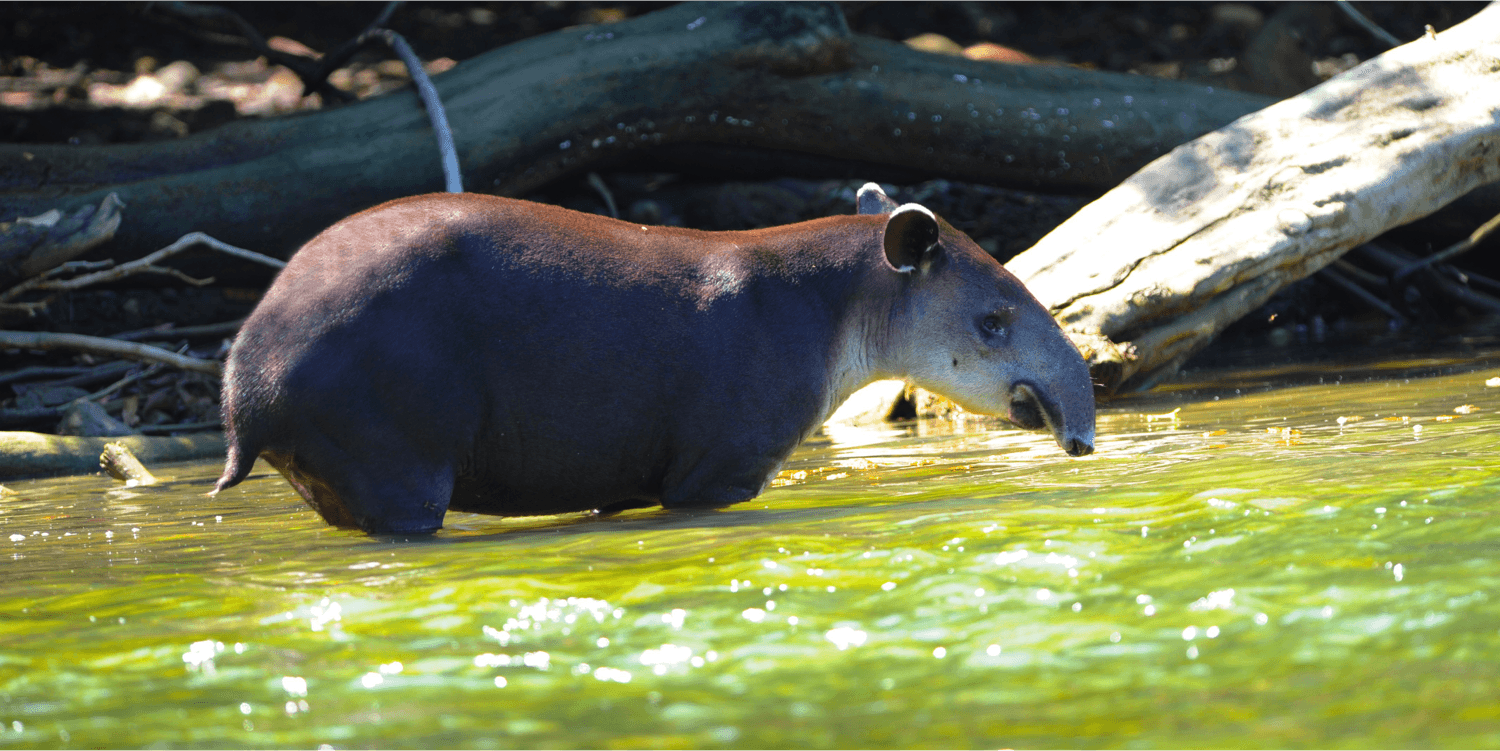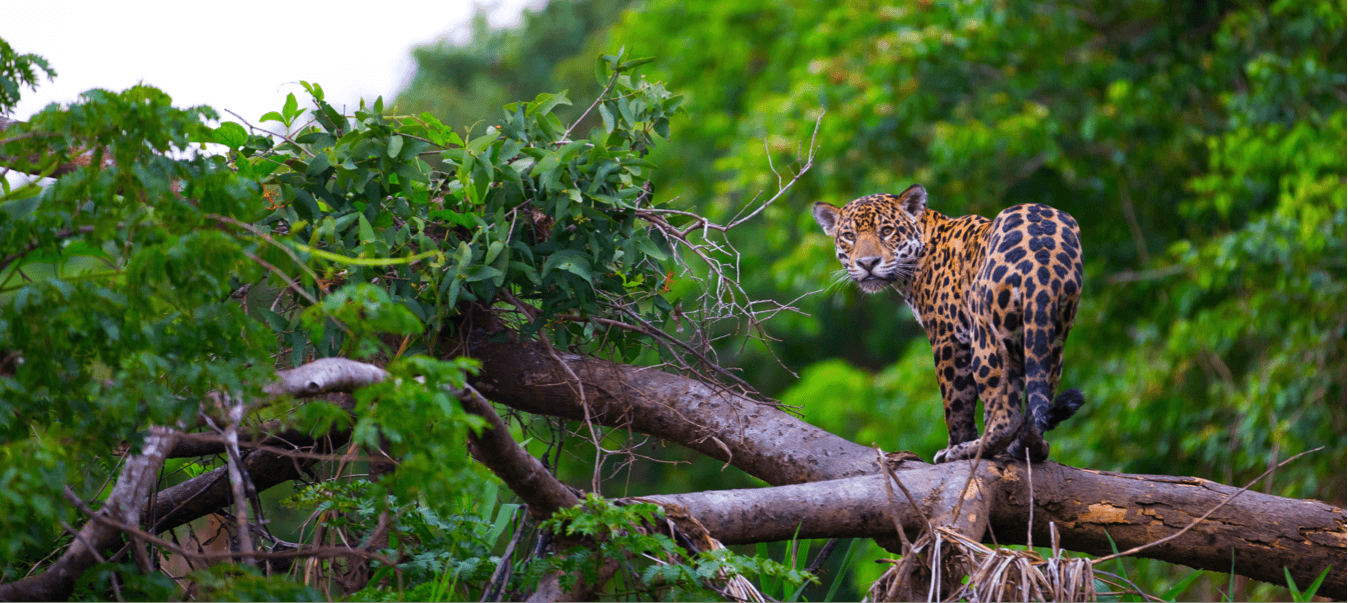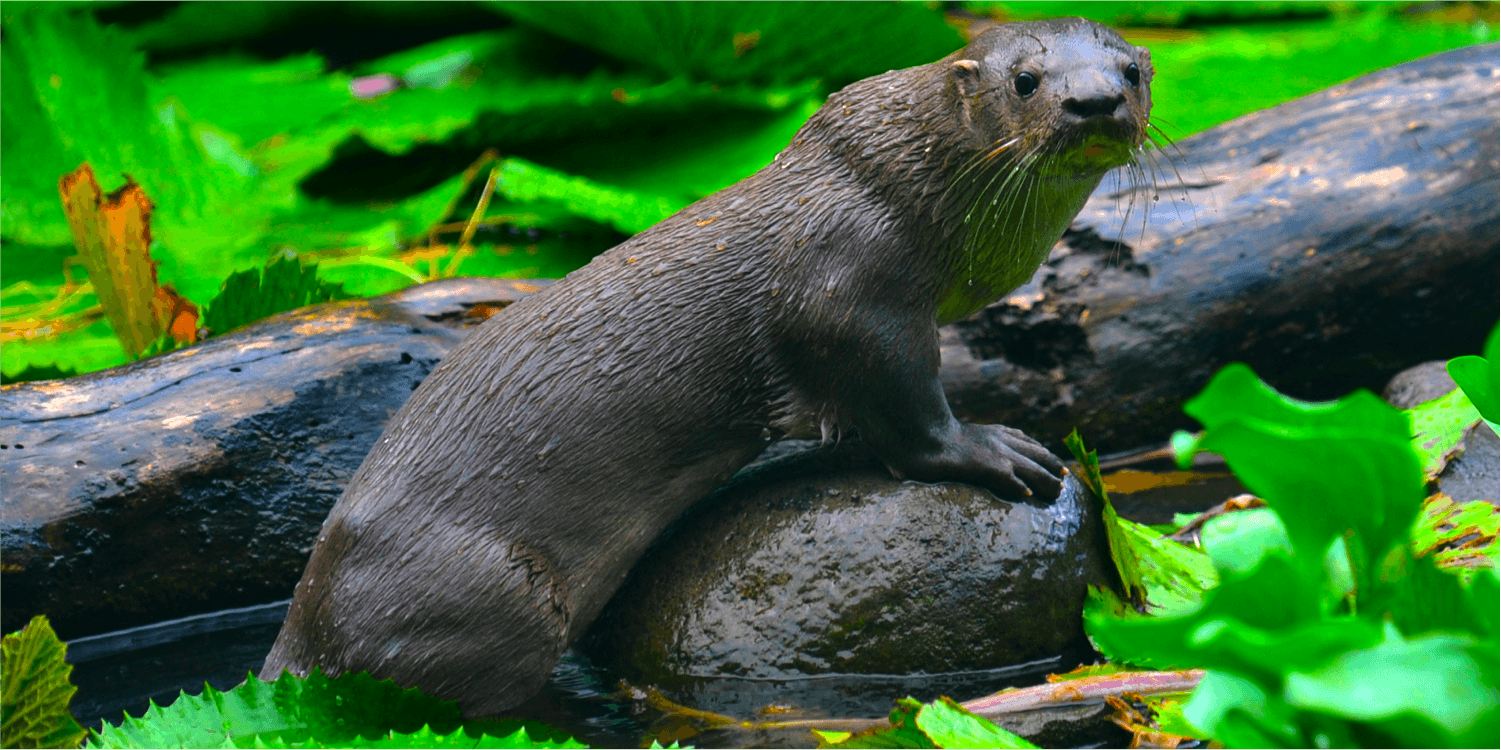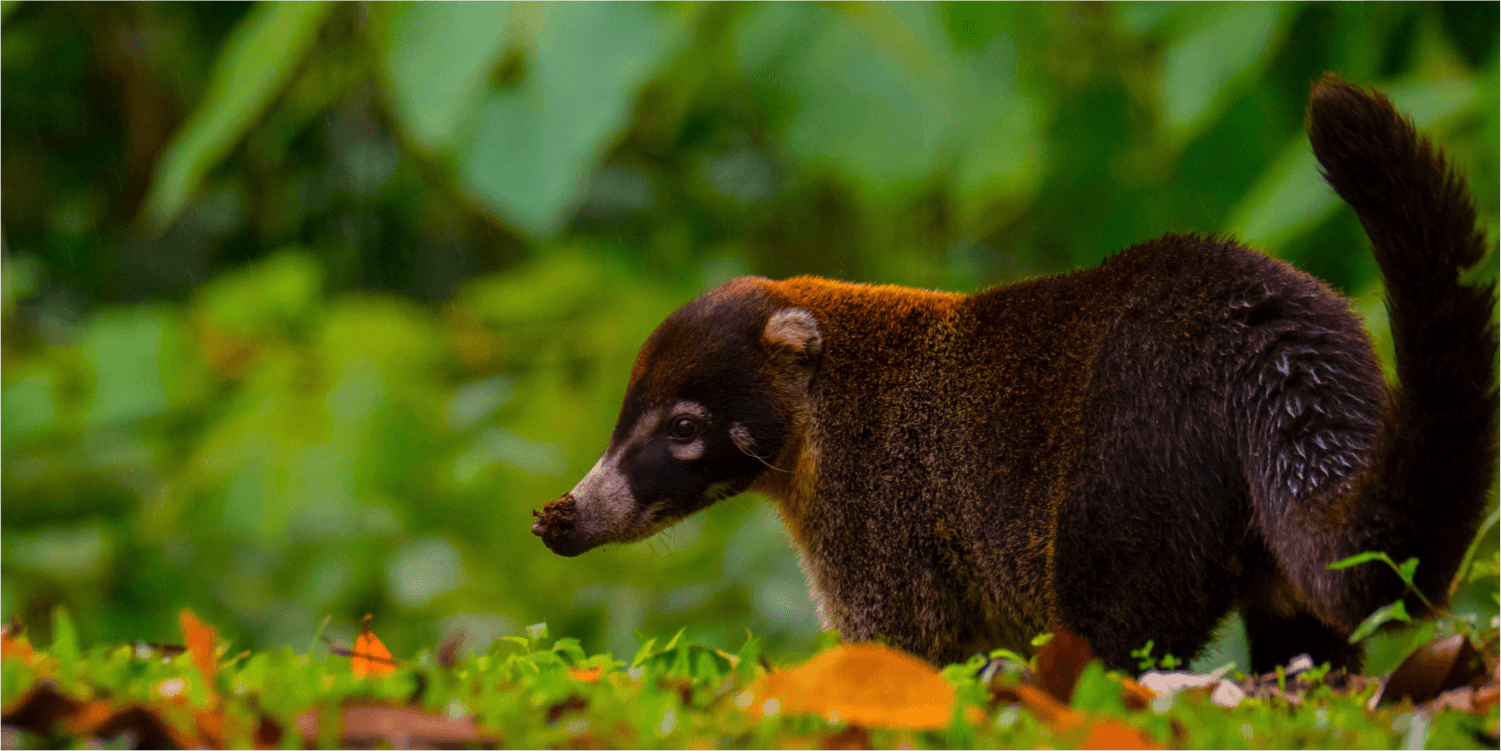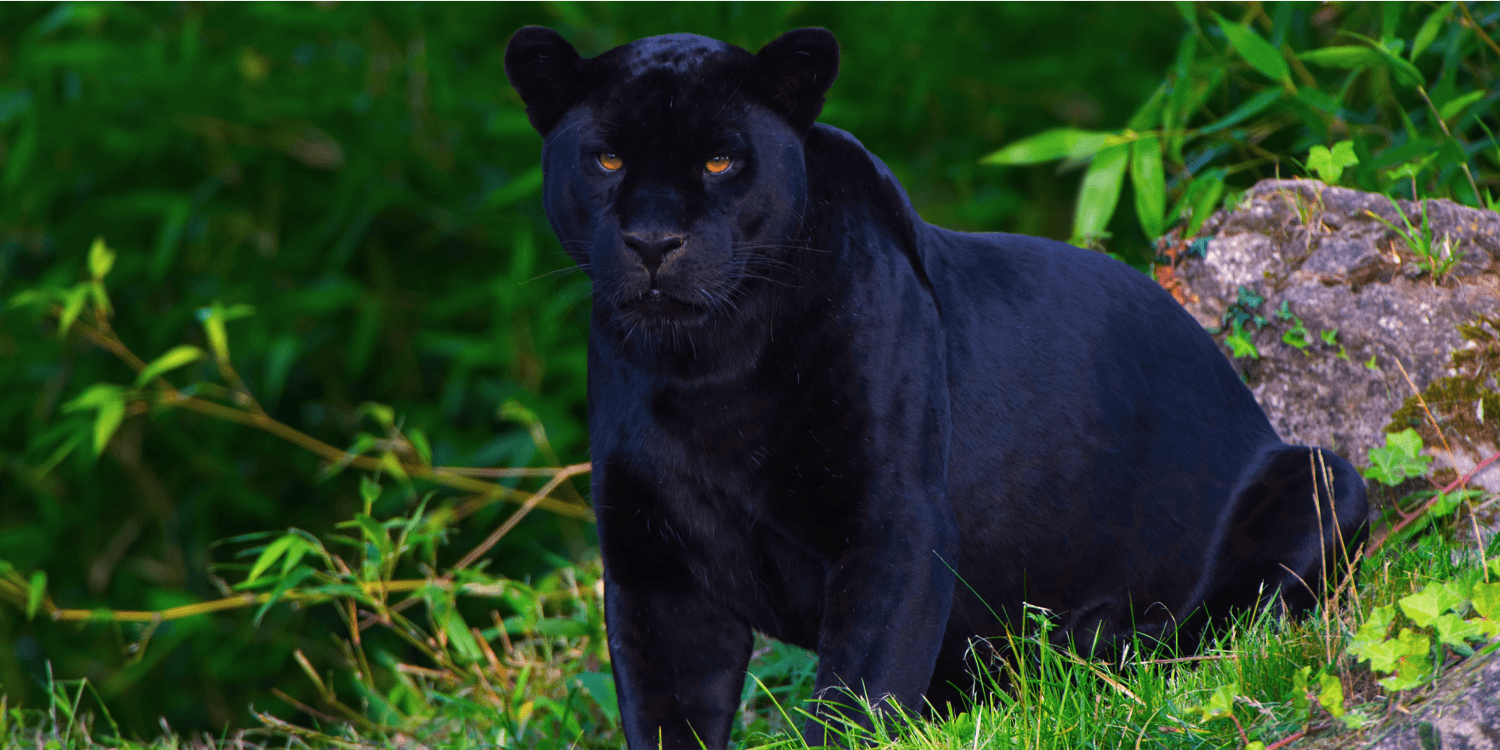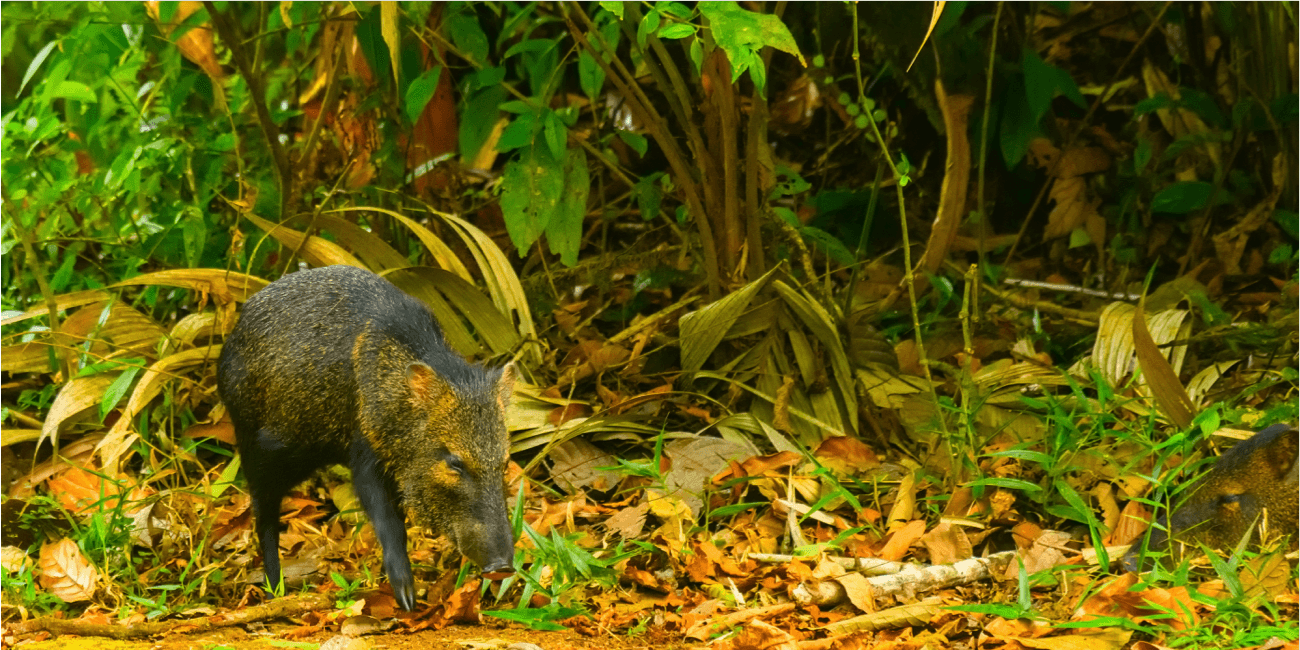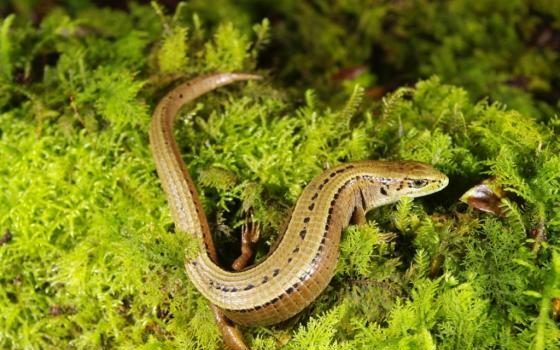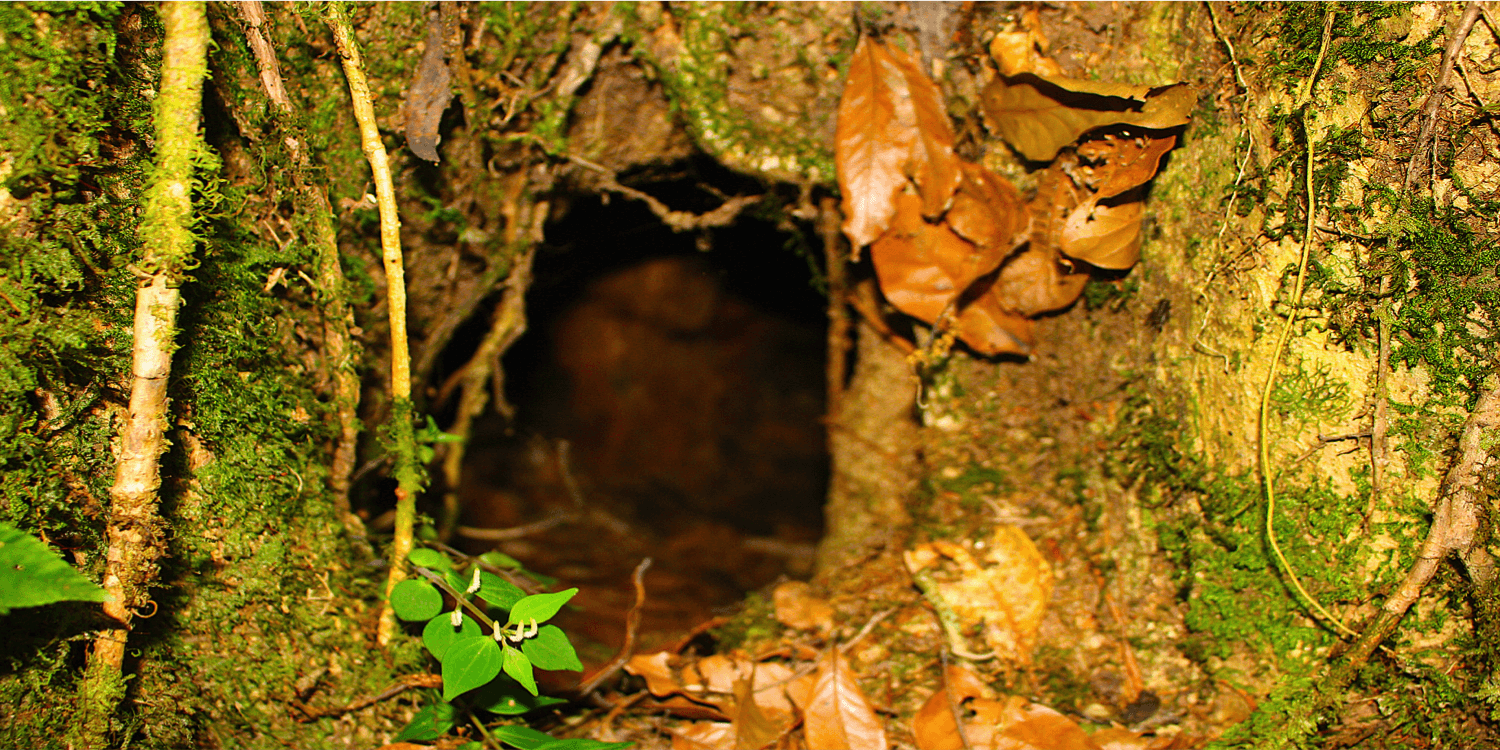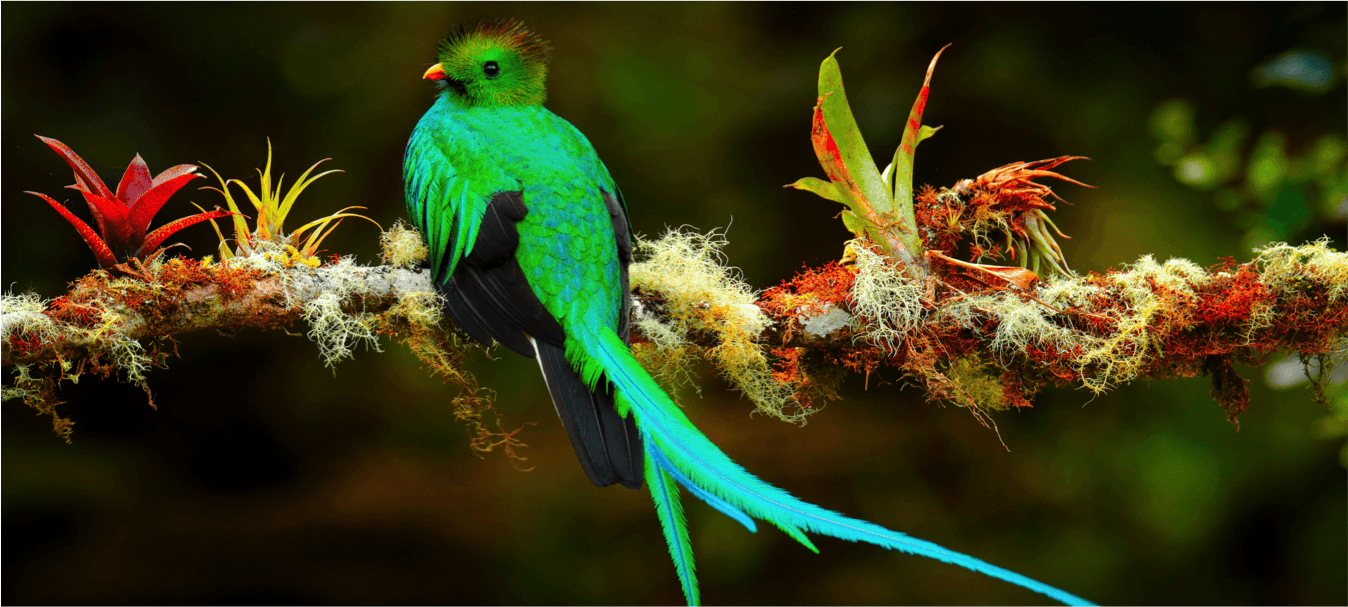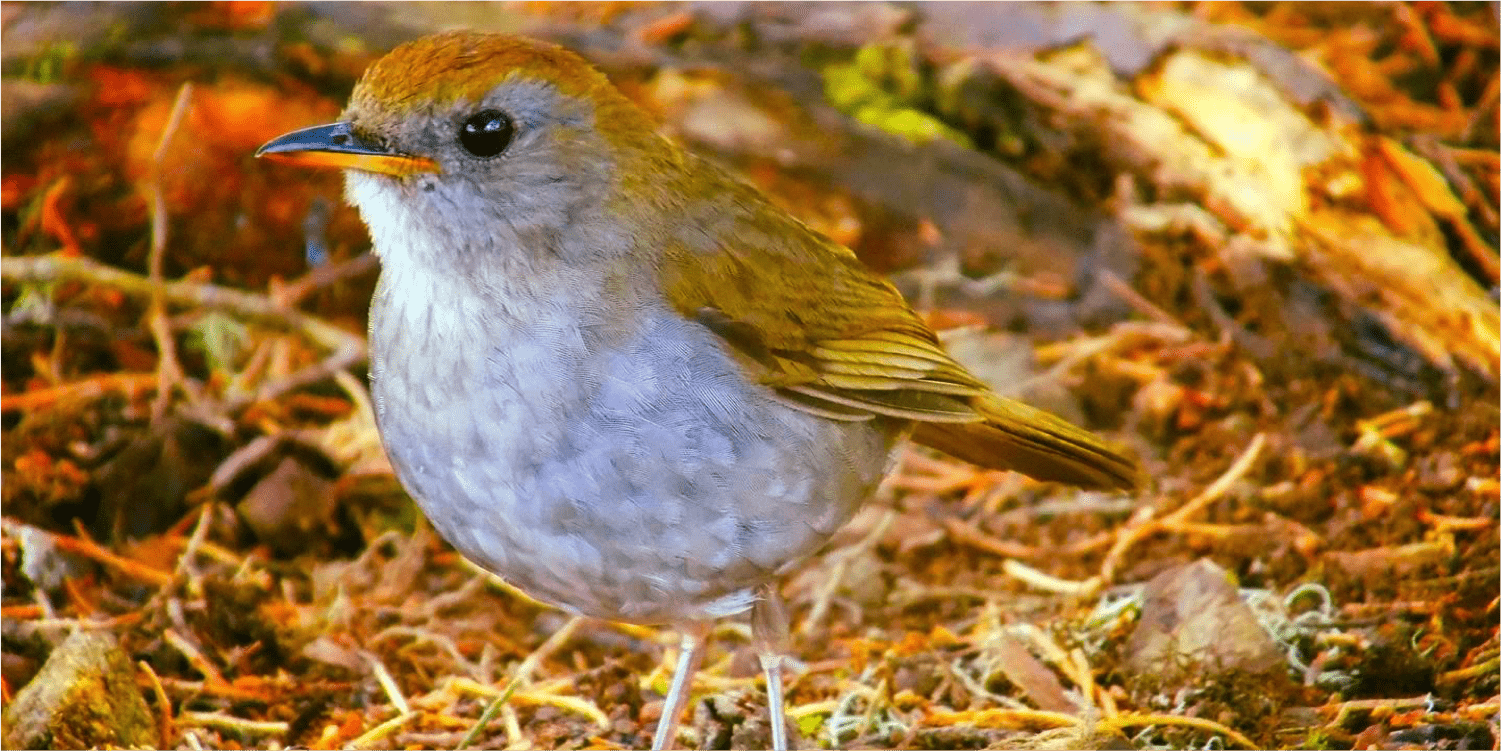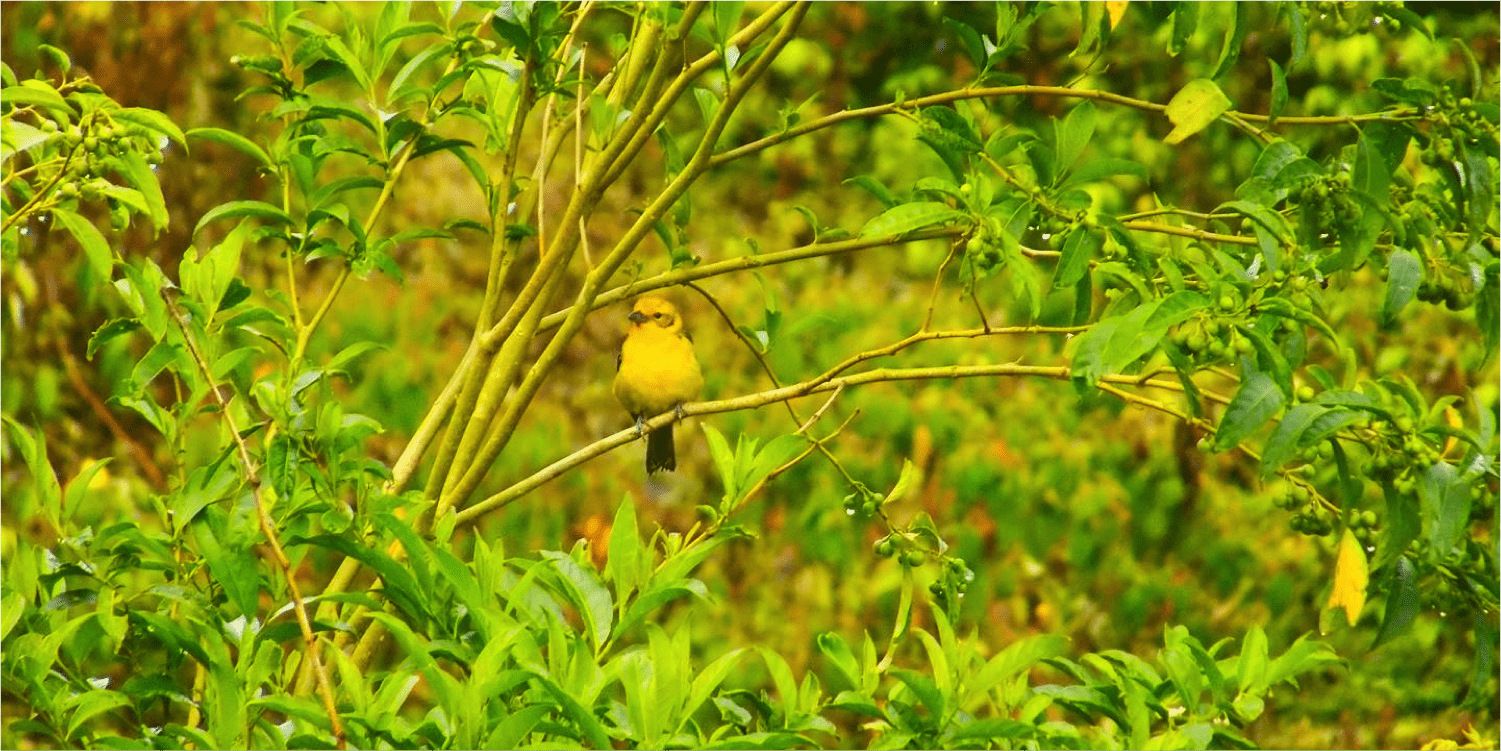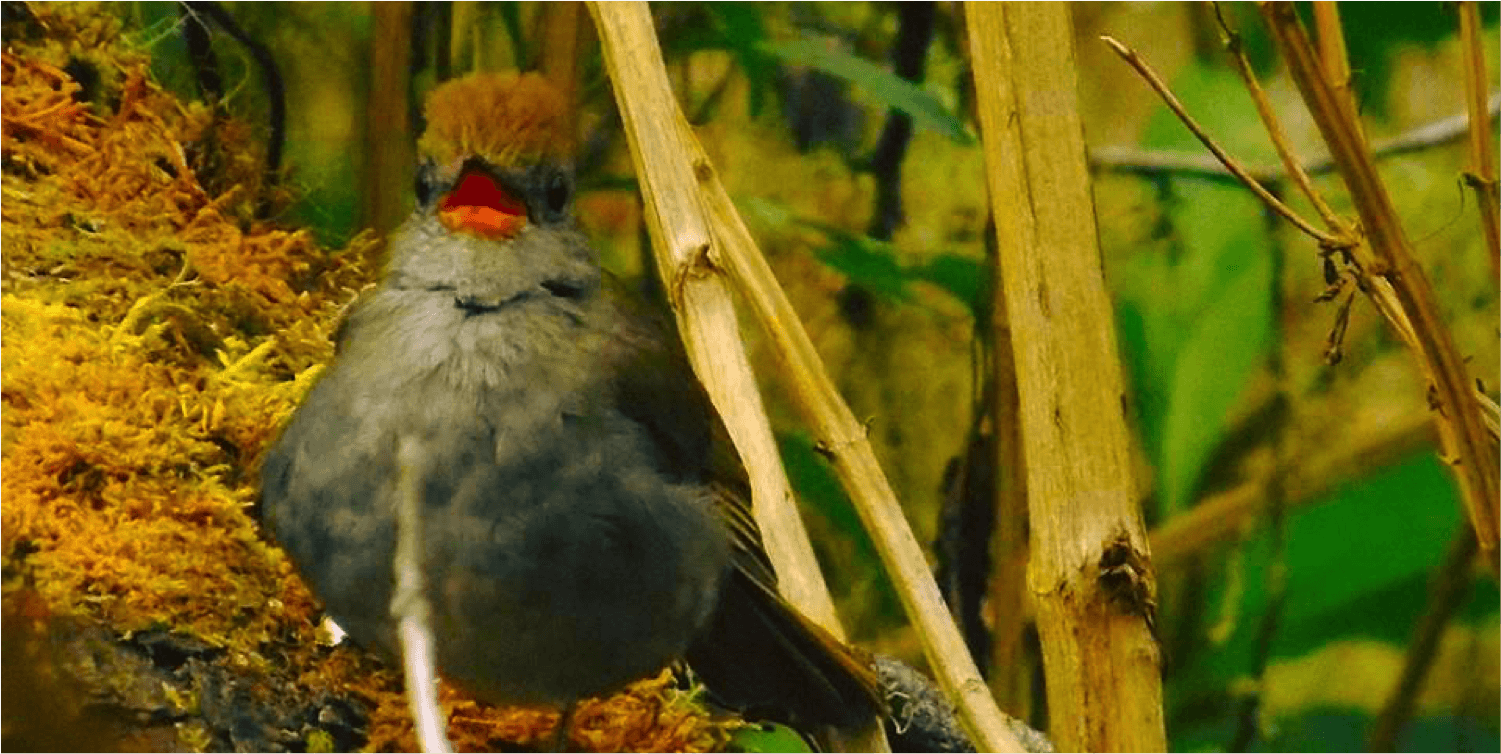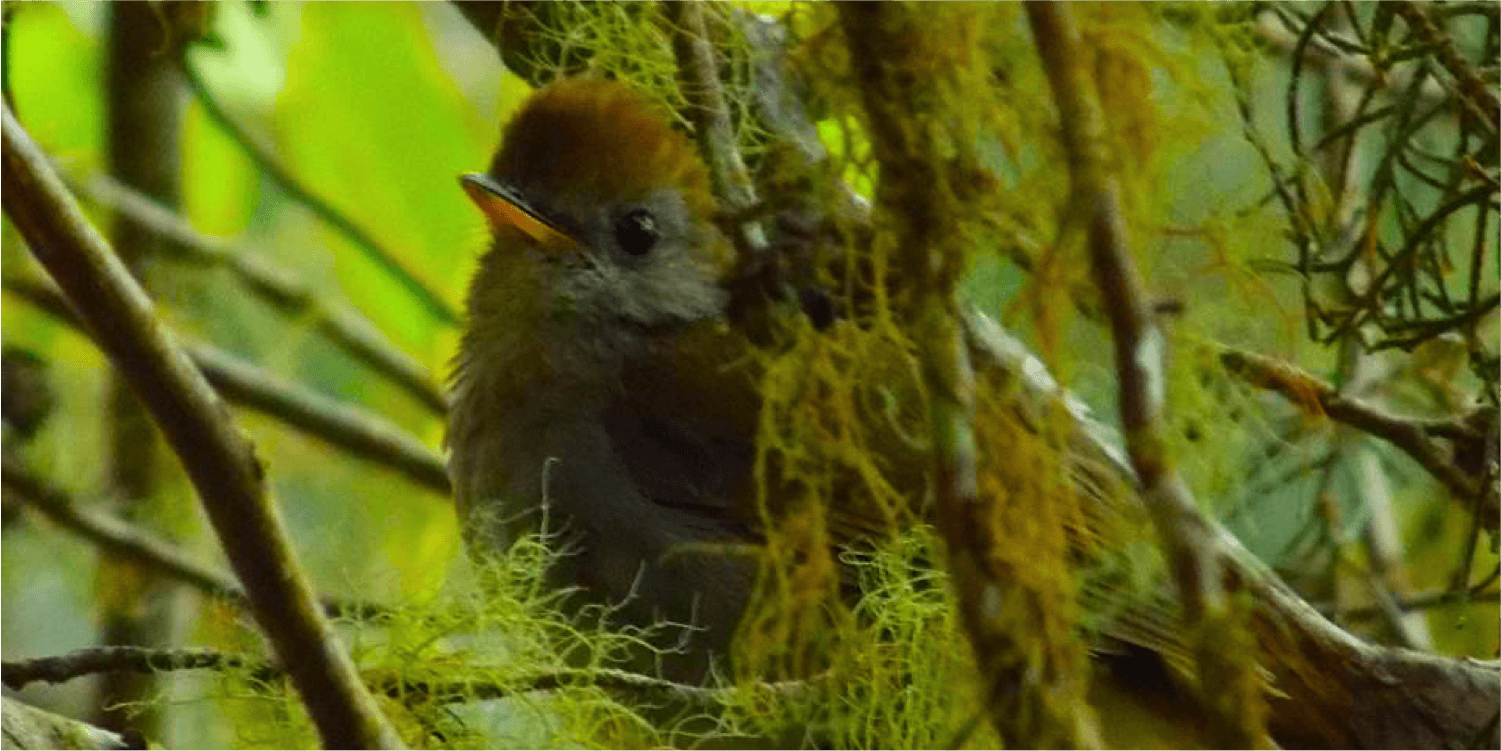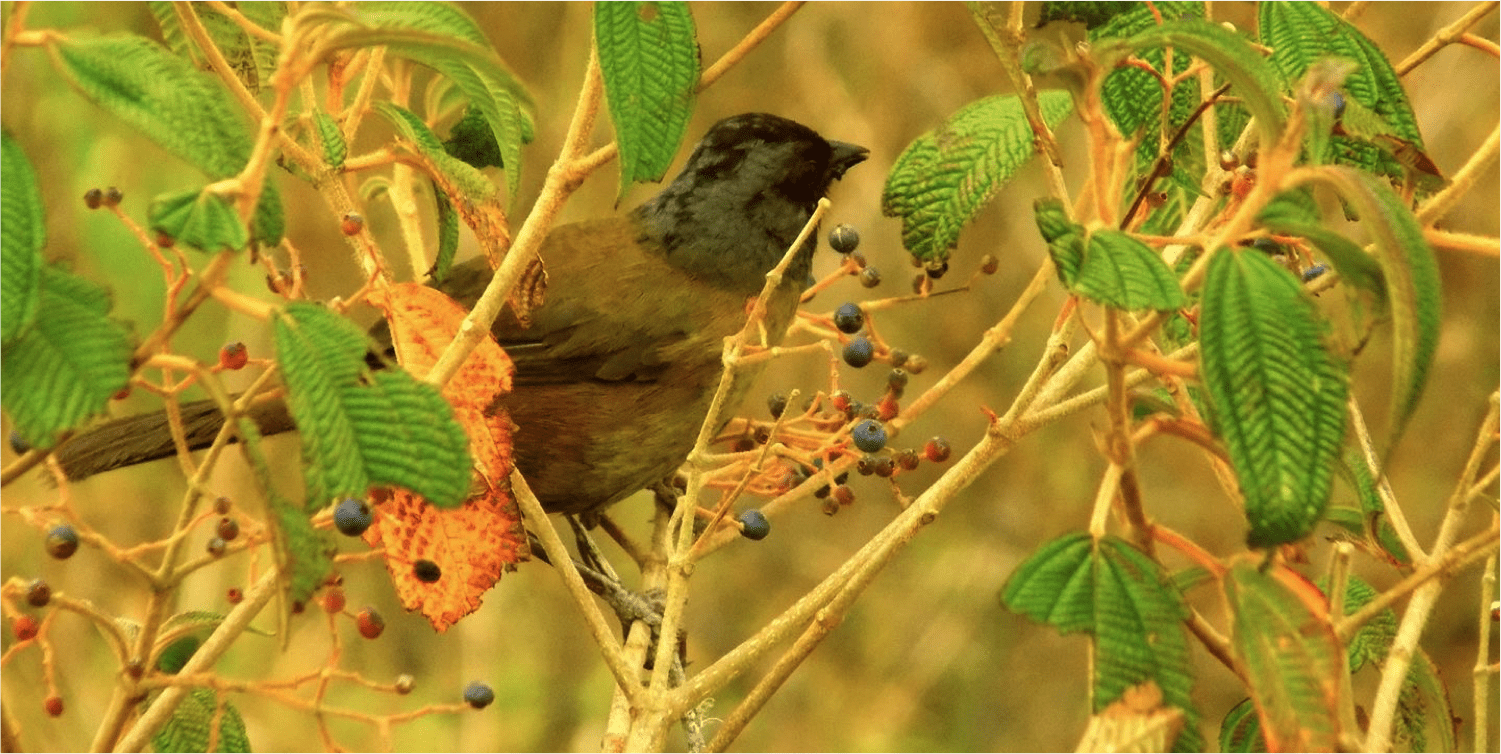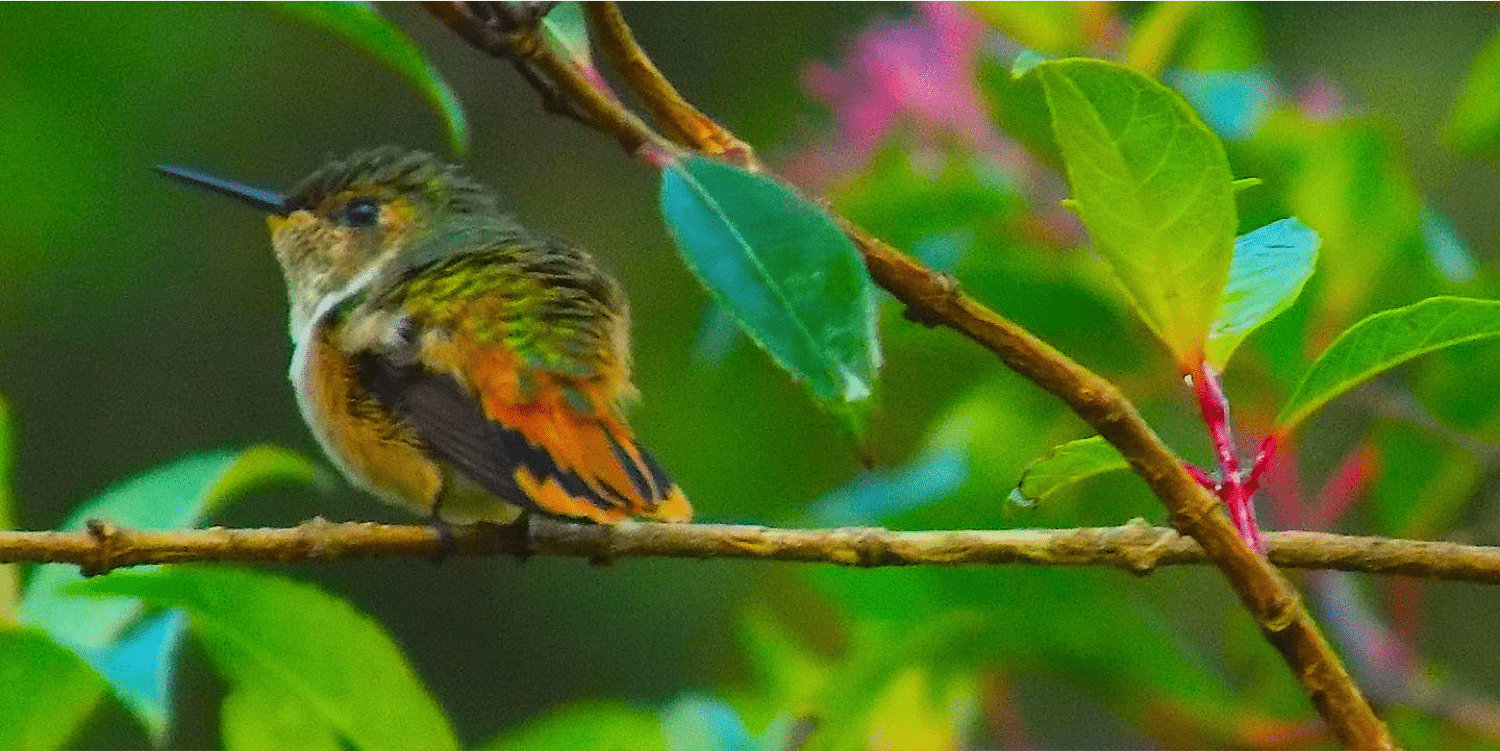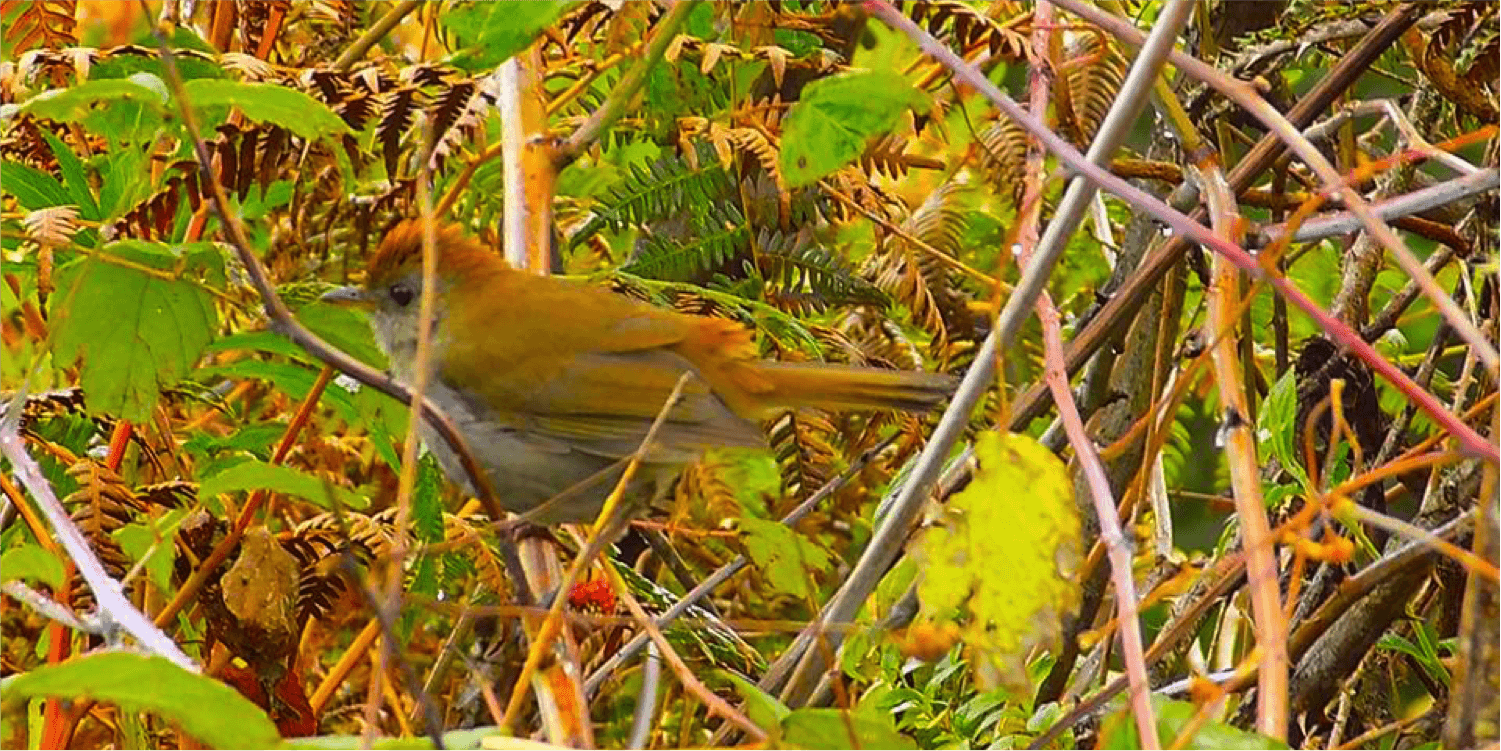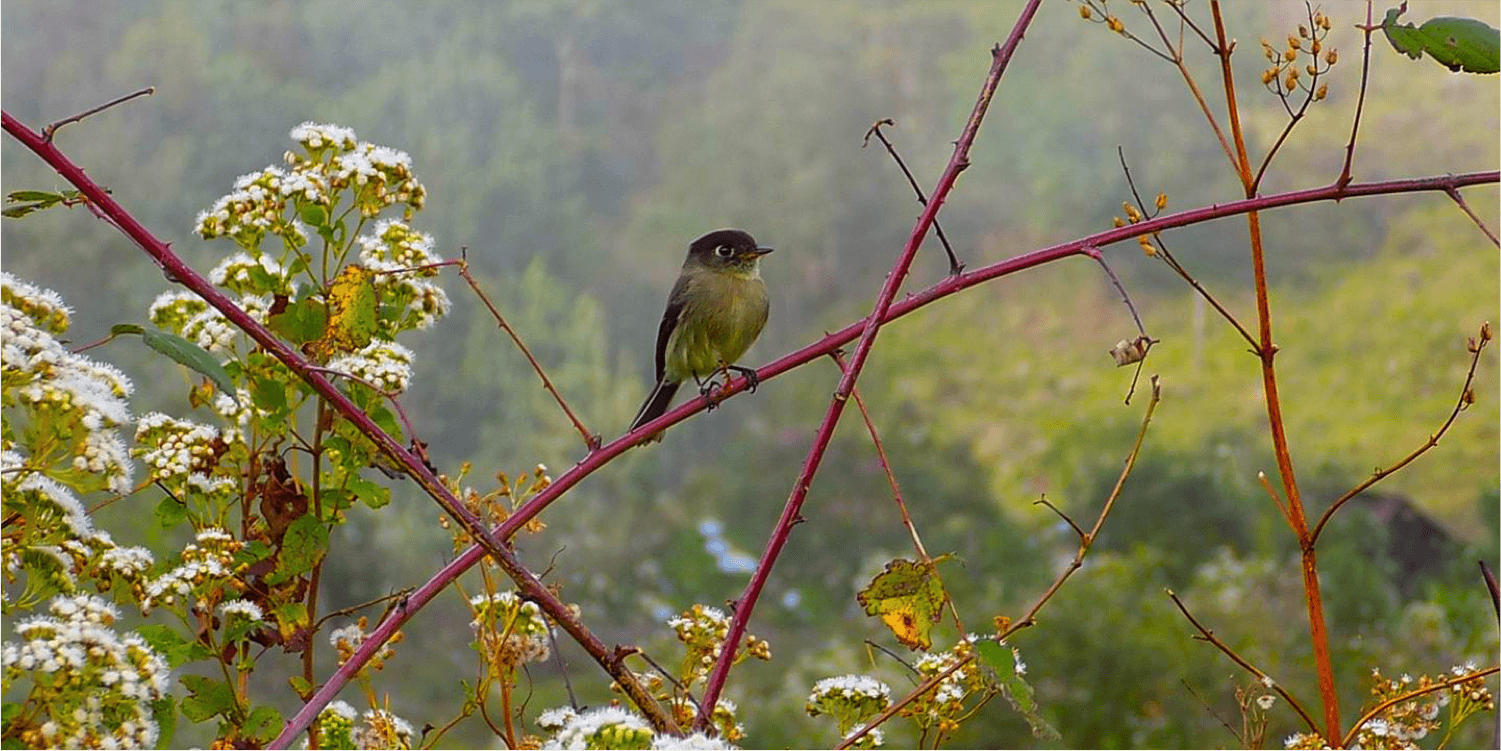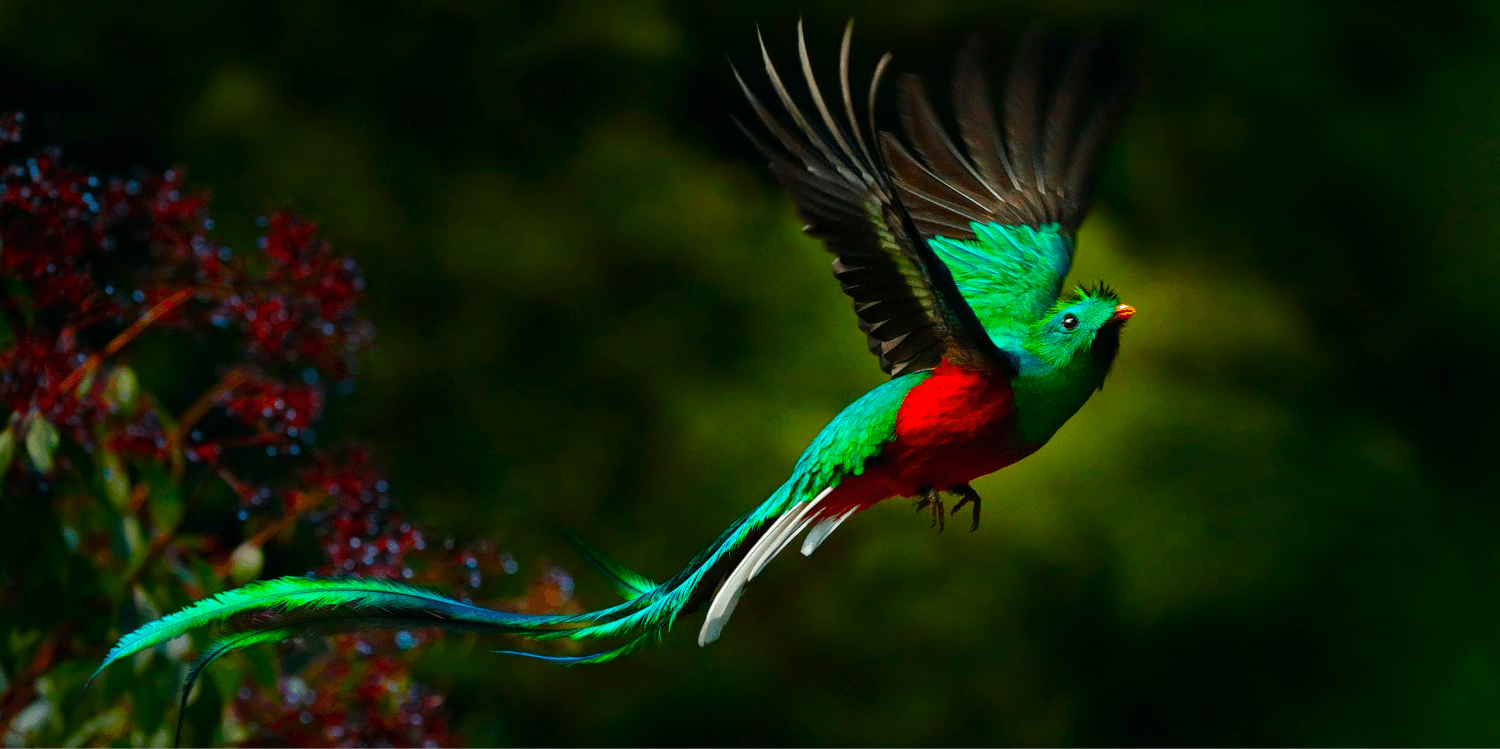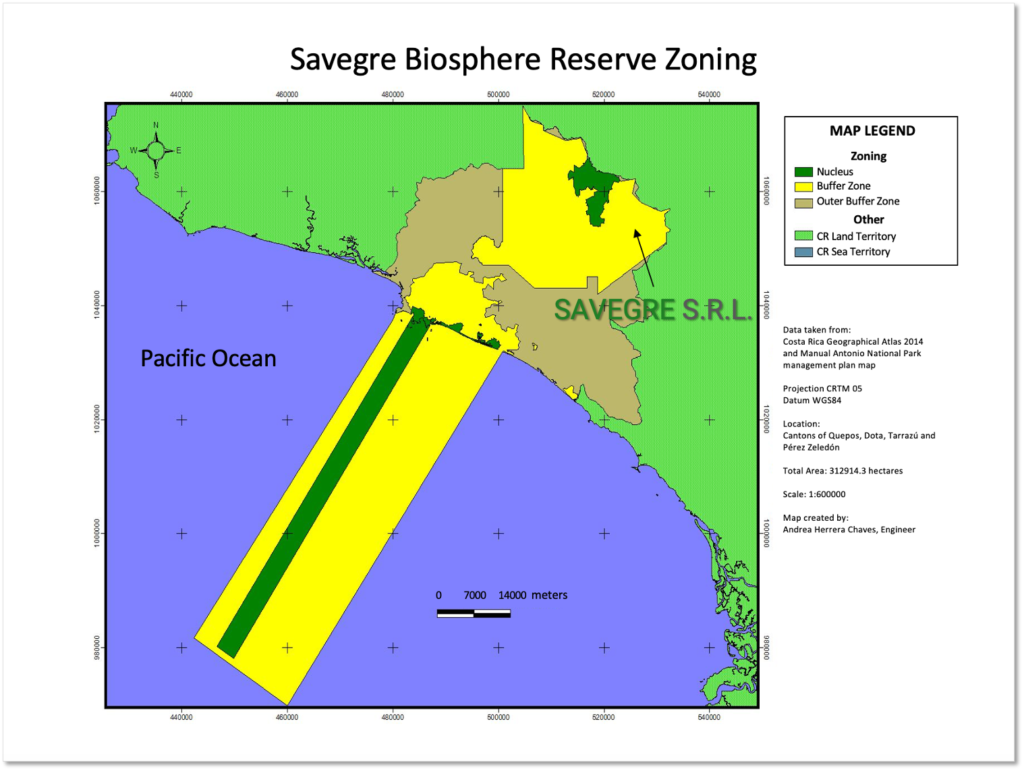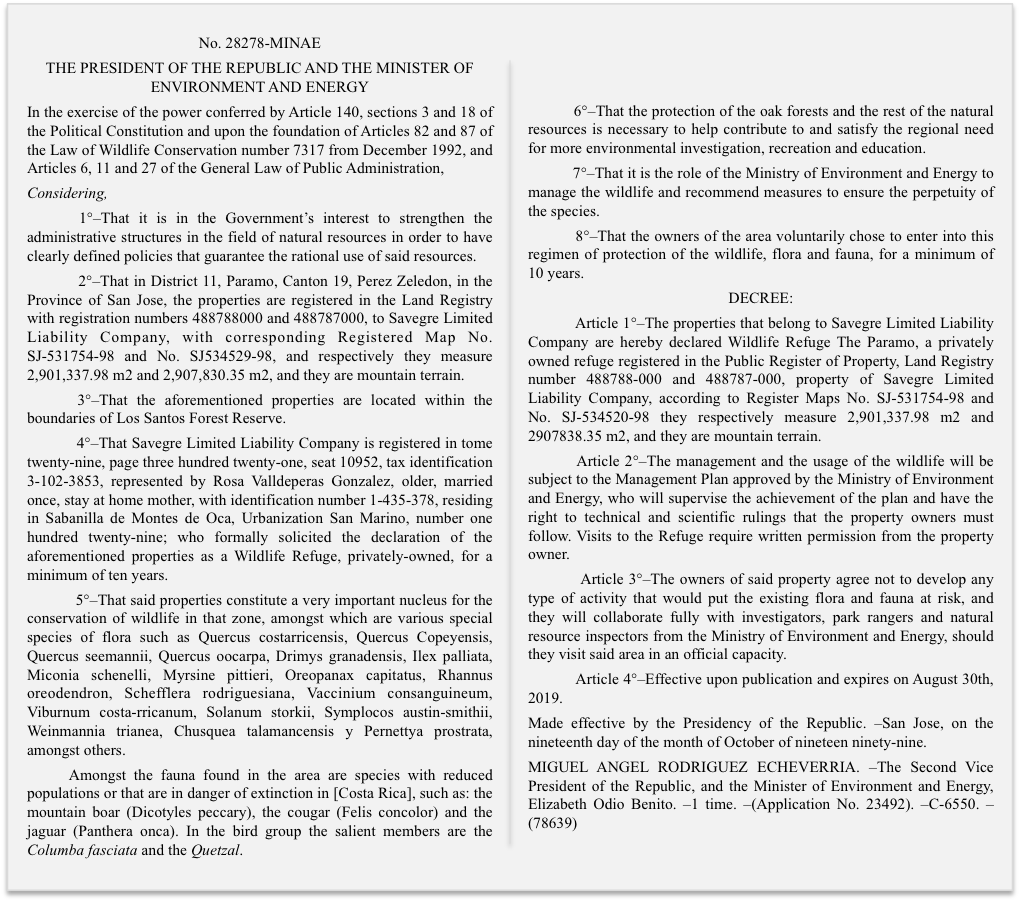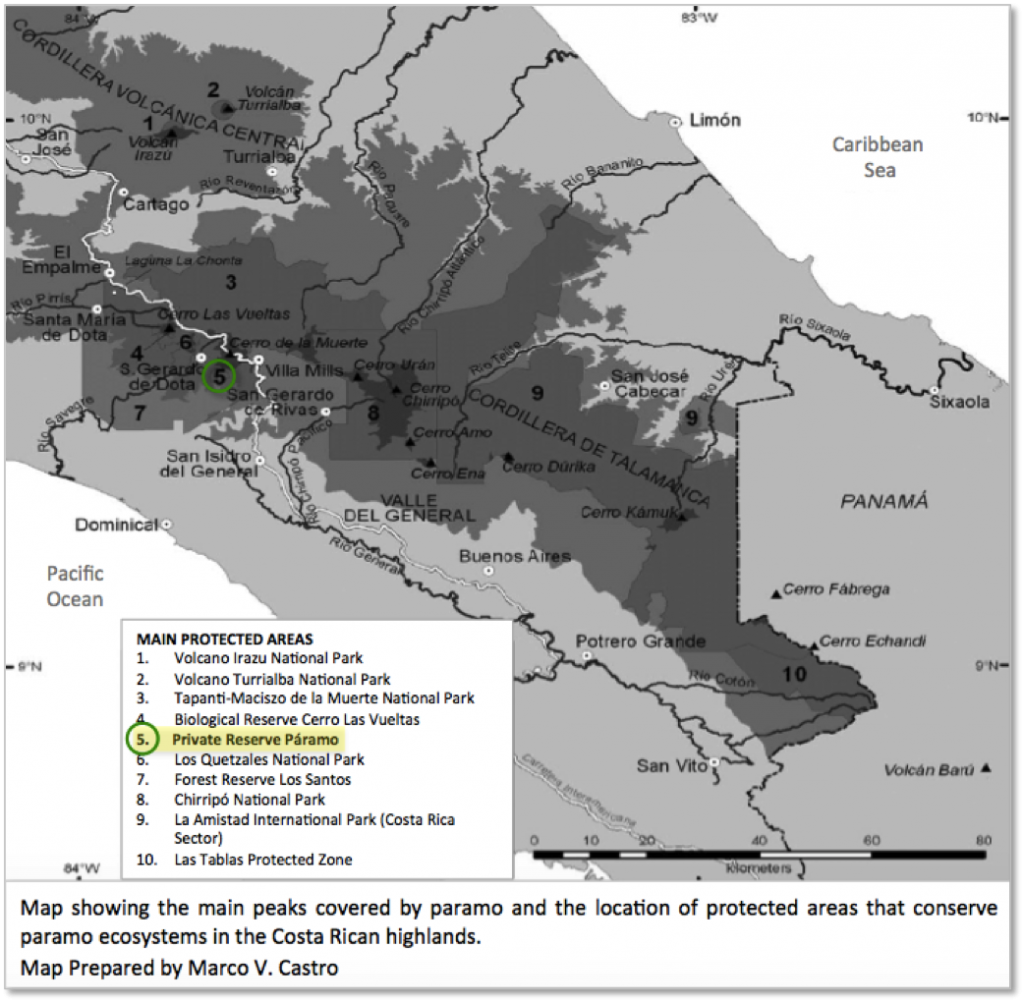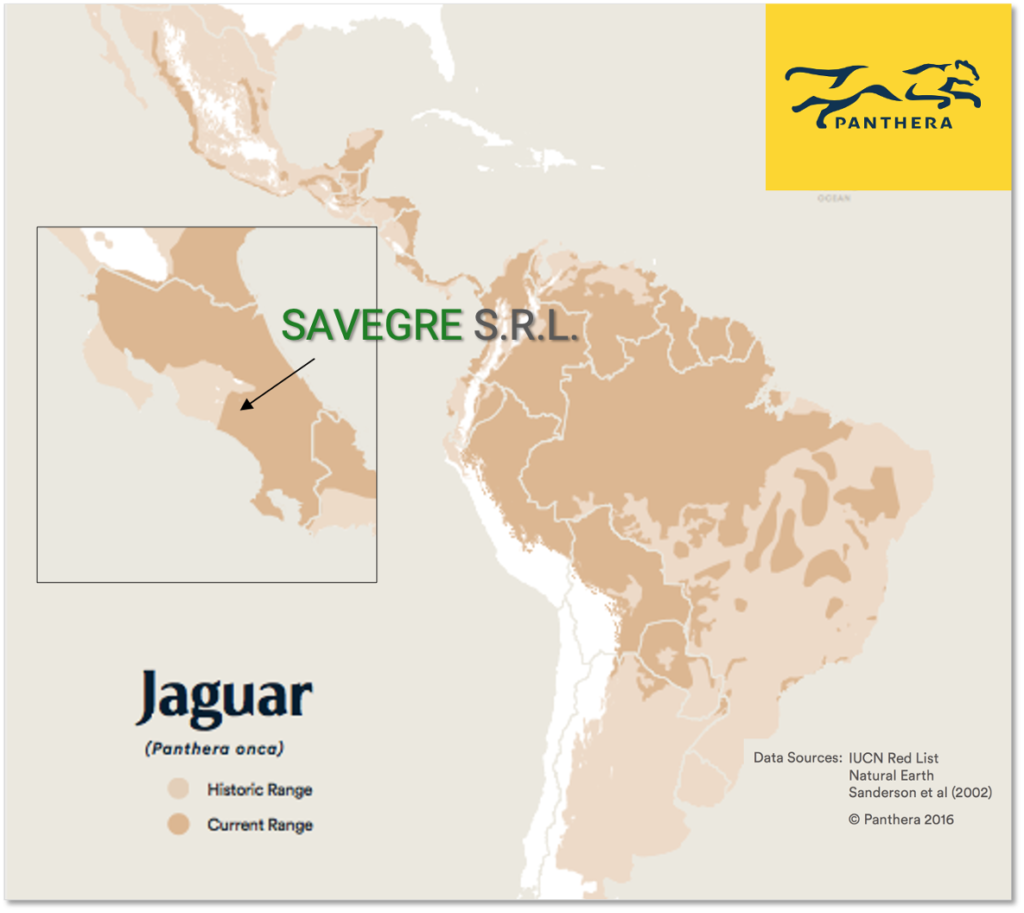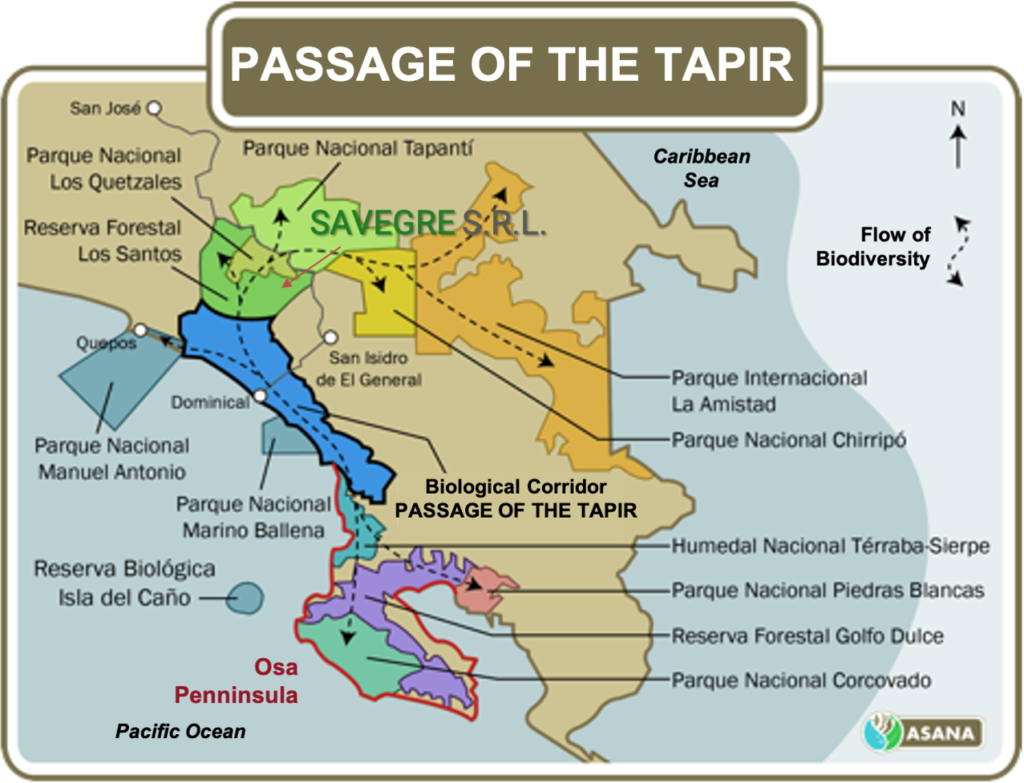Biodiversity
UNESCO-Designated Biosphere Reserve
Savegre S.R.L.’s forestlands are located within the Savegre Biosphere Reserve, a site designated by the United Nations Educational, Scientific and Cultural Organization (UNESCO) in 2017 and which UNESCO describes as having:
"a high value in terms of ecosystems, biodiversity, water resources and connectivity."
UNESCO also states that “Due to its varied topography, as well as its heterogeneity of microclimates, it is one of the most biodiverse sites in the country, being home to 20% of the country’s total flora, 54% of its mammals, 59% of its birds and about 330 species of butterflies.”
"Paramo" Wildlife Refuge
On December 7th, 1999 the Presidency of the Republic of Costa Rica and the Ministry of Environment and Energy published Decree No. 28278-MINAE, conferring Wildlife Refuge status upon Savegre S.R.L.’s privately-owned properties for a 10-year period, considering that the forestlands:
"constitute a very important nucleus for the conservation of wildlife in that zone."
Savegre S.R.L. named their Wildlife Refuge “Páramo” because of its unique subalpine ecosystem, an ecosystem that can only be found in a few other parts of the world––and almost nowhere else in Central America except in a small area at the heights of the Panamanian portion of the Talamanca Mountain Range. The level of protection that these forestlands have enjoyed throughout all time has enabled many special species to thrive in their uninterrupted natural habitat, including threatened and endangered species such as the jaguar and the tapir.
"Due to the diverse altitudes, land characteristics, climates, and topography, there are a number of extraordinary habitats."
Ecosystems & Topography
Savegre S.R.L.’s forestlands are located near the heights of the Talamanca mountain range and their altitude ranges from approximately 1,900 meters (6,234 feet) at their lowest point to around 3,000 meters (9,842 feet) at their highest point. This variation in elevation means that these forestlands hold immense diversity of microclimates, which allows for the coexistence of multiple natural ecosystems and a plethora of biodiversity (UNESCO, 2017).
The Costa Rican National Institute of Biodiversity (INBio, 2002) and renowned scientist Dr. Maarten Kappelle of the United Nations Environment Programme (Kapelle et al., 2000) describe the three ecosystems that constitute Savegre S.R.L.’s forestlands as:
I.
Low Mountain Old-Growth Tropical Forest Ecosystem
II.
High Mountain Old-Growth Tropical Forest Ecosystem
dominated by Oak Species (Quercus sp.)
III.
Subalpine "Páramo" Ecosystem
Low Mountain Old-Growth Tropical Forest Ecosystem

From their lowest altitude of about 1,900 meters up to around 2,100 meters, Savegre S.R.L.’s forests have a dense canopy of old-growth trees that measure up to 45 meters (164 feet) in height. The tallest of the diverse tree species found in this ecosystem include numerous special oak species (Quercus costarricensis, Quercus copeyensis, Quercus seemannii, Quercus oocarpa, Quercus guglielmi-treleasei) as well the cedar species Cedrela tonduzii, various magnolia species (Magnolia posana, Magnolia sororum), the Mexican elm (Ulmus mexicana), the Terminalia amazonia and the Ceiba pentandra. Various conifer species are also present, including the Podocarpus oleifolius and the endemic Prumnopitys standleyi, which is also an endangered species.
The mid and lower level canopies of this ecosystem consist of a wide variety of smaller trees, including the Ocotea tree, whose fruit is the main source of sustenance for the resplendent quetzal. Other notable trees and bushes include the Ardisia, Cestrum sp., Chamaedorea sp., Chusquea sp., Clusia, Calophyllum brasiliense, Cinnamomum, Dendropanax querceti, Fuchsia microphylla, Geonoma hoffmannian, Miconi cremadena, Myrsine coriacea, Nectandra sp., Oreopanax sp., Persea sp., Psammisia ramiflora, Palicourea brenesii, Phycotria dichroa, Styrax argenteus, Trichilia havanensis, Weinmannia pinnata. There is also a diverse presence of epiphytes, or plants that grow upon other plants, such as the orchid (Orchidaceae) and the bromeliad (Bromeliaceae).
High Mountain Old-Growth Tropical Forest Ecosystem

Climbing upwards to altitudes ranging from 2,100 meters to over 2,900 meters the special oak and other tall tree species continue to dominate the upper canopy, though they grow to be slightly shorter, reaching just around 40 meters (131 feet). At these heights there is an increased presence of epiphytes, with one of the most diverse epiphyte families being the orchid (Orchidaceae). There are 51 subfamilies of orchid present in these forests. The bromeliad (Bromeliaceae) family also has a diverse presence with 11 subfamilies, including hanging moss species of varying colors that cover the under-canopy and whose density and presence increase with the altitude.
Other notable species include the Clethra gelida, Drimys granadensis, Ilex lamprophylla, Ilex pallida, Miconia schnellii, Myrsine coriacea, M. pittieri, Ocotea austinii, Ocotea calophylla, Oreopanax capitatus, Prunus annularis, Rhamnus oreodendron, Schefflera rodriguesiana, Solanum pulverulentum, Styrax argenteus, Symplocos austin-smithii, Vaccinium consanguineum, Viburnum costaricanum, Weinmannia pinnata, Weinmannia trianae, Zanthoxylum melanostictum, and numerous species of bamboo (Chusquea foliosa, Chusquea longiligulata, Chusquea talamancensis, Chusquea tomentosa y Chusquea vulcanalis).
Subalpine "Páramo" Ecosystem

At the very heights of the forestlands where the altitude rises to 2,900+ meters, the ecosystem morphs into a subalpine ecosystem, know in Costa Rica as the páramo ecosystem. As noted in the book Costa Rican Ecosystems (Kapelle & Horn, 2016) and as noted by the renowned Costa Rican conservationist and ecologist Adelaida Chaverri (2008), the páramo ecosystem is:
"a unique and highly diverse wet tropical alpine ecosystem."
This ecosystem is characterized by an increasingly dense coverage of fungi, mosses, ferns and grasses living amongst and upon the shorter canopy made up of the 11 subfamilies of heath (Ericaceae) many other tree, bush, grass, climber, and epiphyte families as noted in the chart above.
The bromeliad species Puya dasylirioides found at these heights is endemic to Costa Rica, while the Styrax peruvianus is considered a vulnerable species by the International Union for Conservation of Nature.
Ecosystem Videos
Low Mountain Old-Growth Tropical Forest Ecosystem
High Mountain Old-Growth Tropical Forest Ecosystem
Subalpine "Páramo"
Ecosystem
Flora
Savegre S.R.L..’s forestlands enjoy 98% dense primary evergreen tropical forest coverage and a range of heterogeneous microclimates that sustain myriad species of flora. Studies show that the forestlands’ low and high mountain primary forest ecosystems are the most diverse of all the ecosystems of the upper Savegre watershed, with 267 and 264 vascular plant species, respectively (Kapelle et al., 2000).
Decree No. 28278-MINAE recognizes that Savegre S.R.L..’s properties are home to:
"Various special species of flora such as Quercus costarricensis, Quercus copeyensis, Quercus seemannii, Quercus oocarpa, Drimys granadensis, Ilex palliata, Miconia schenelli, Myrsine pittieri, Oreopanax capitatus, Rhannus oreodendron, Schefflera rodriguesiana, Vaccinium consaguineum, Viburnum costarricanum, Solanum storkii, Symplocos austin-smithii, Weinmannia trianea, Chusquea talamancensis, y Pernettya prostrata, among others."
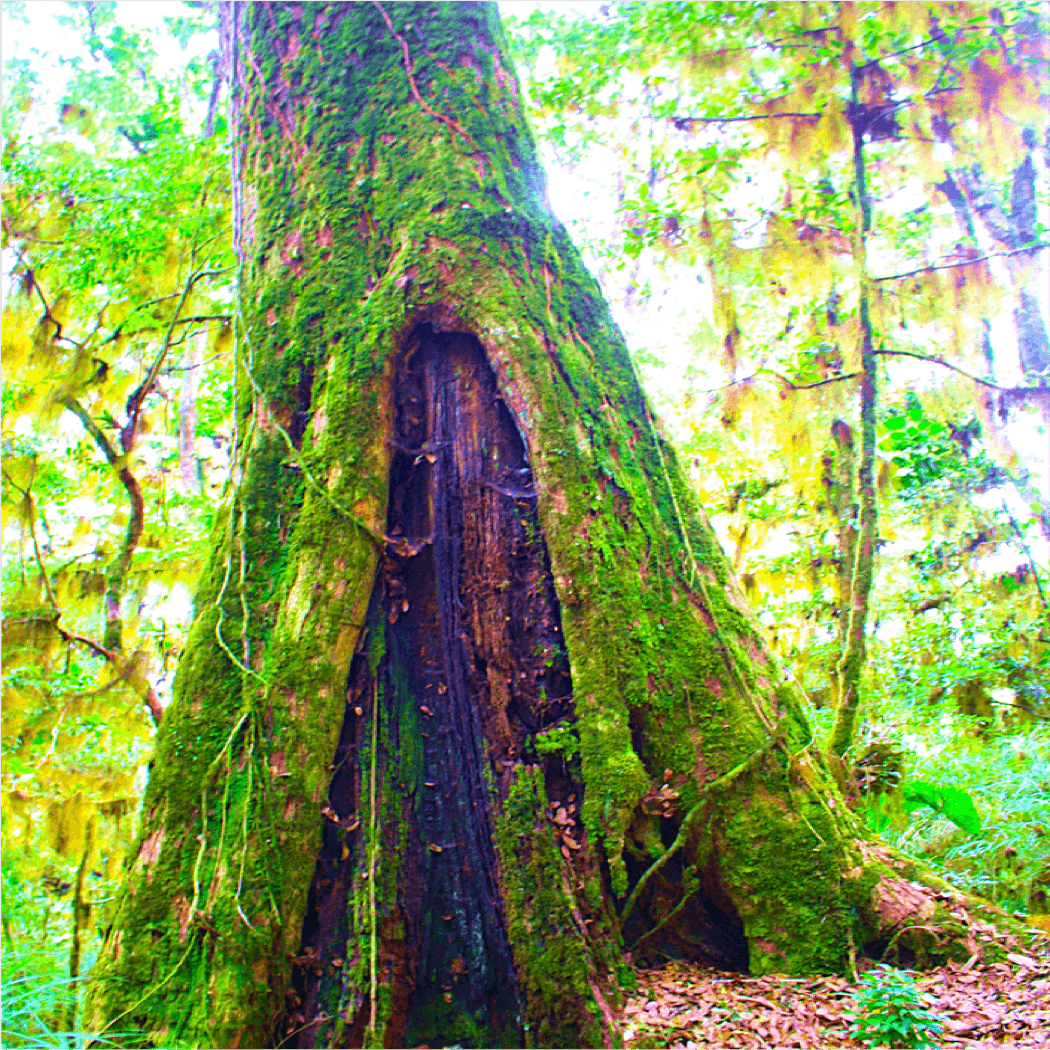


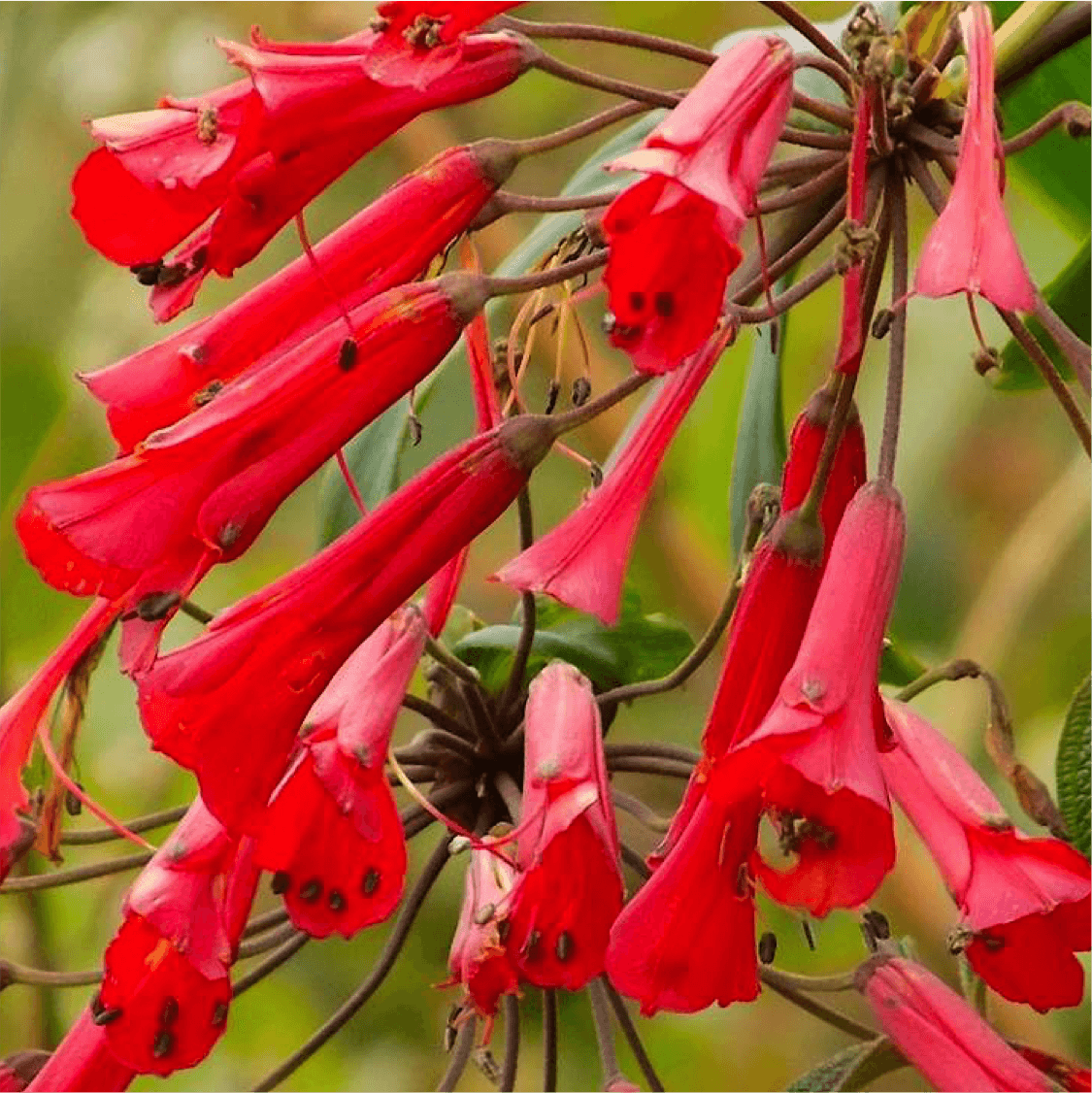
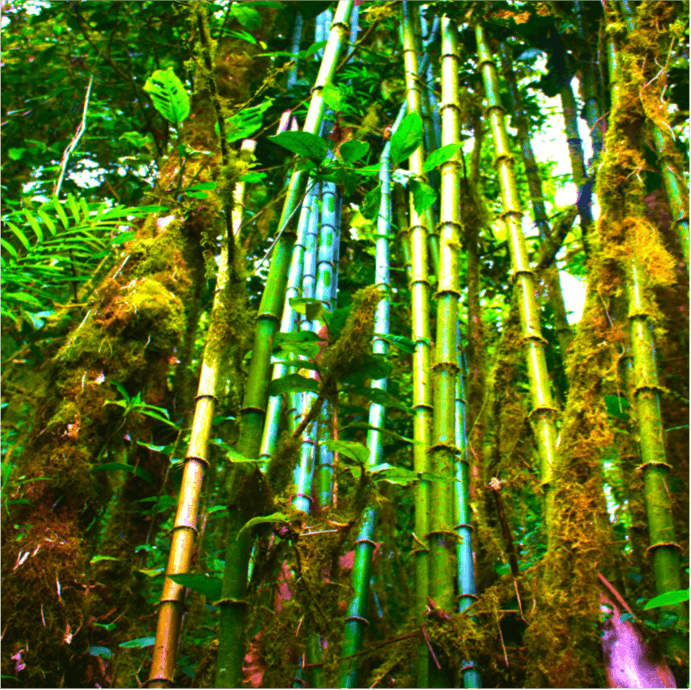
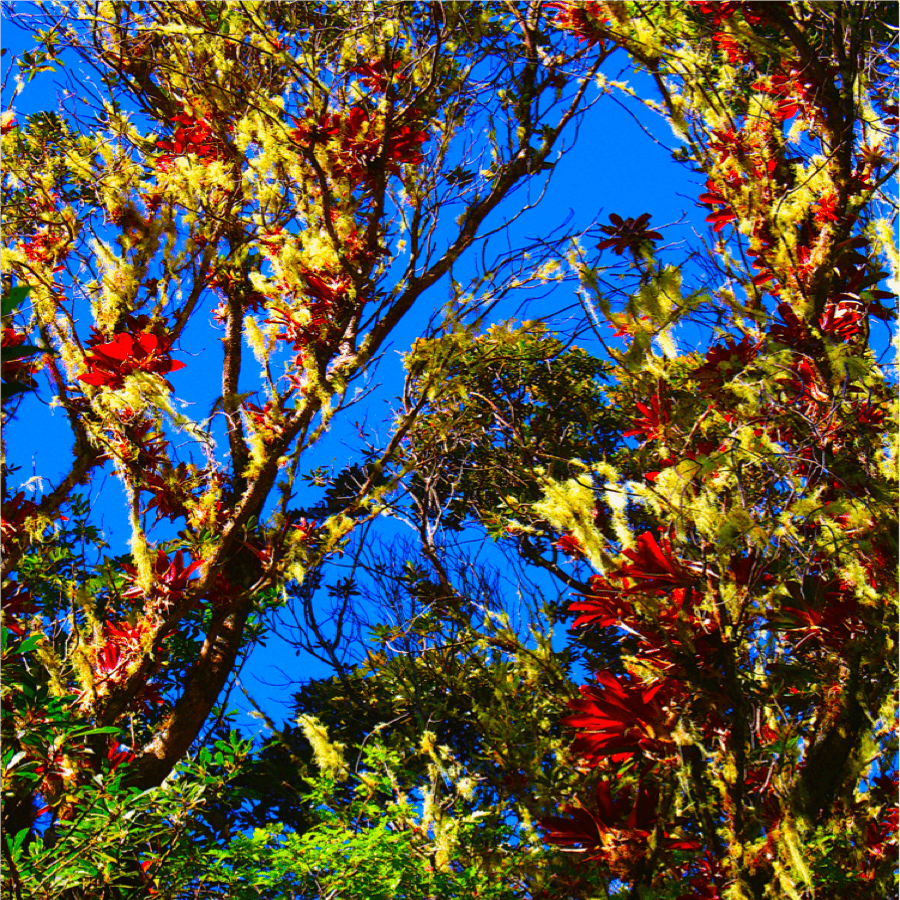
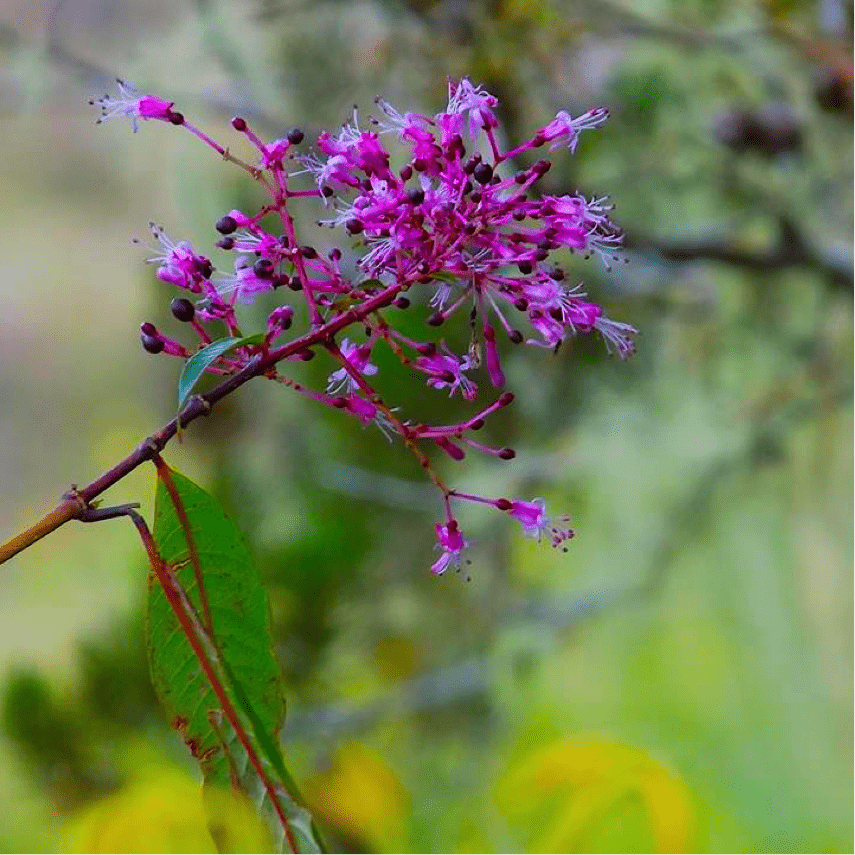

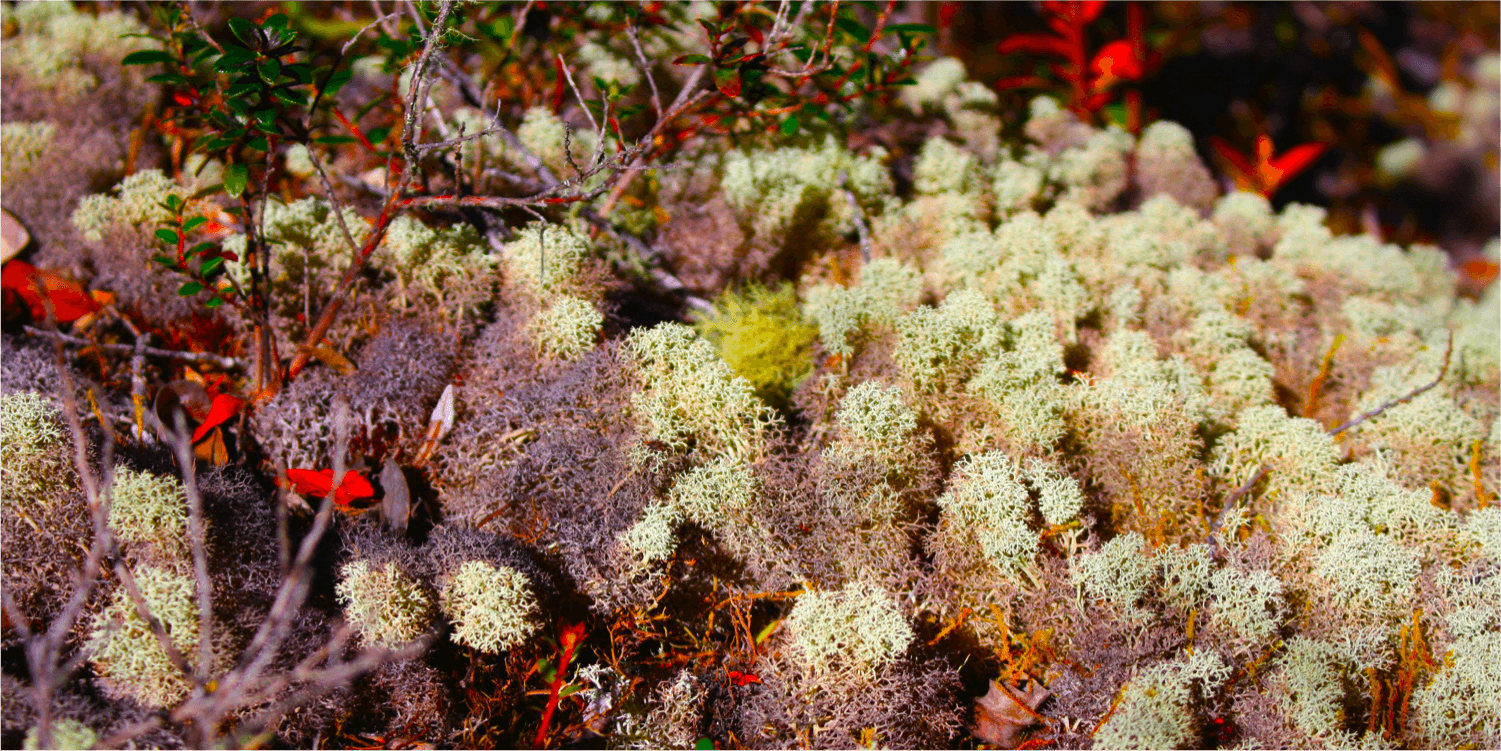
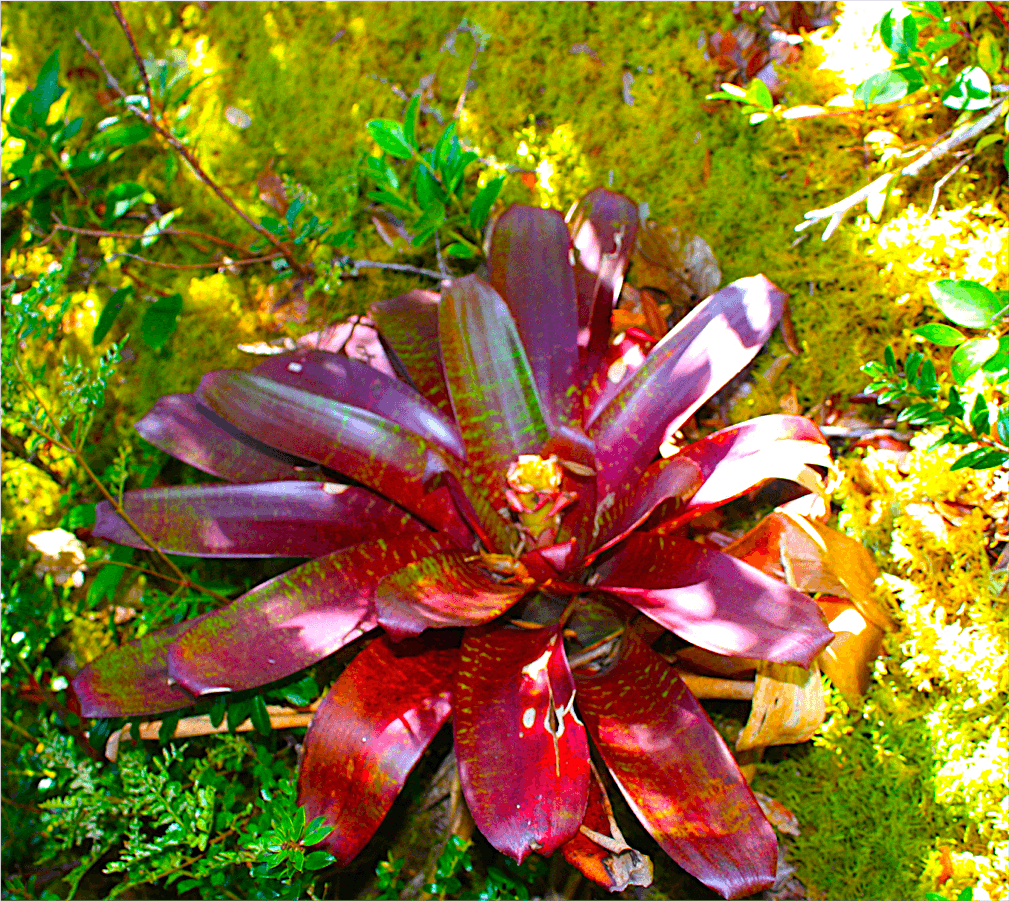
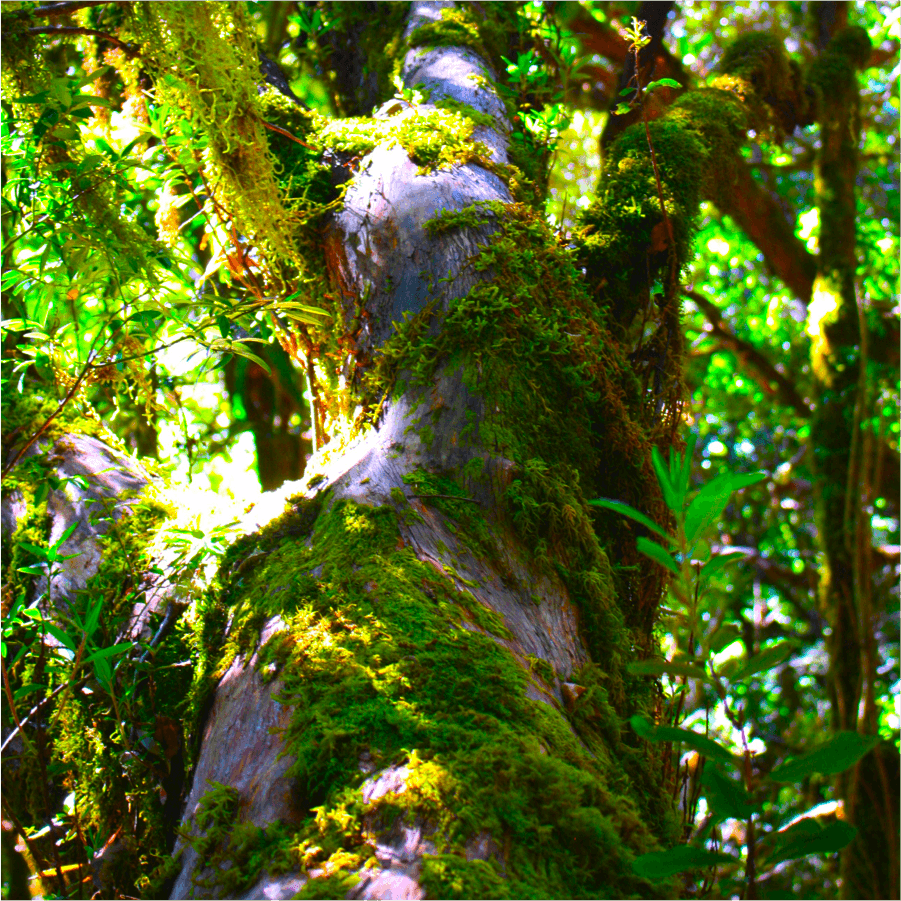
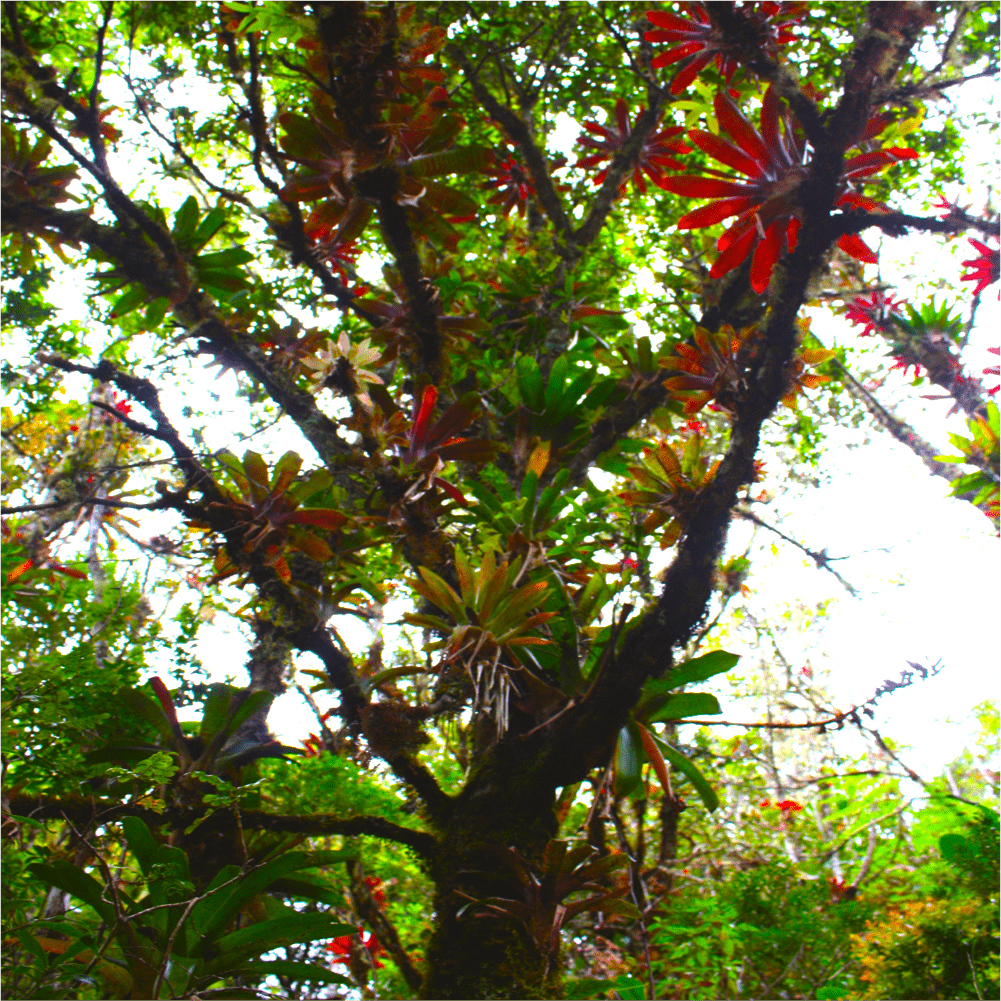
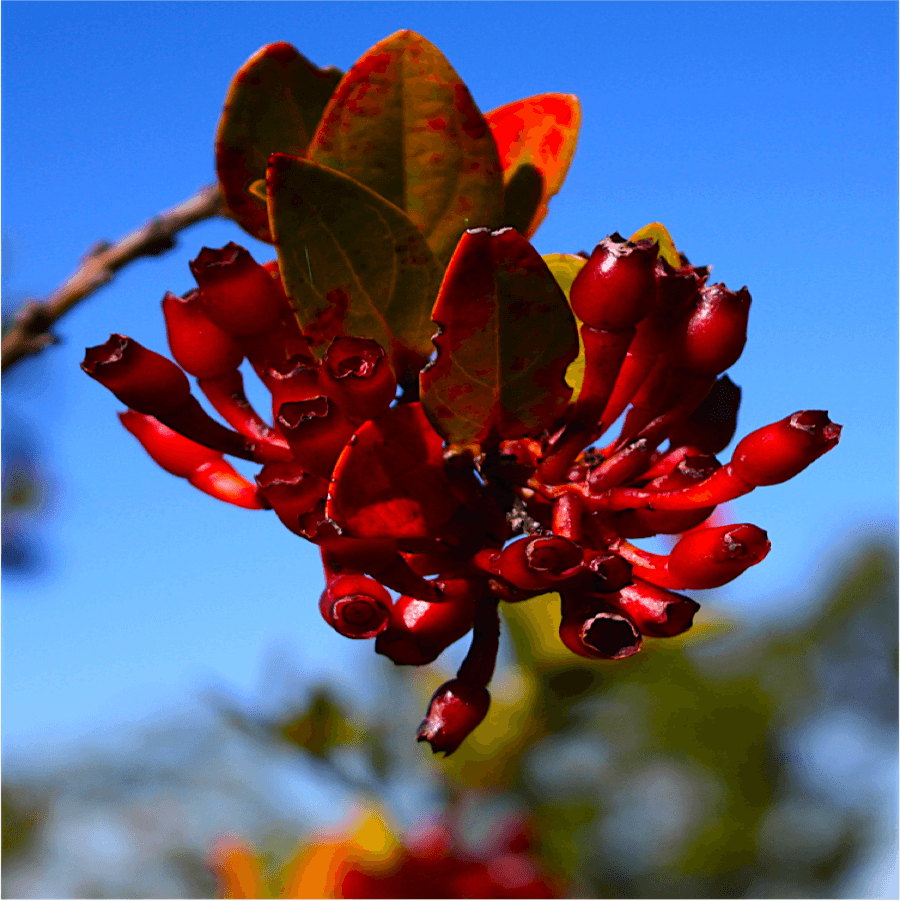
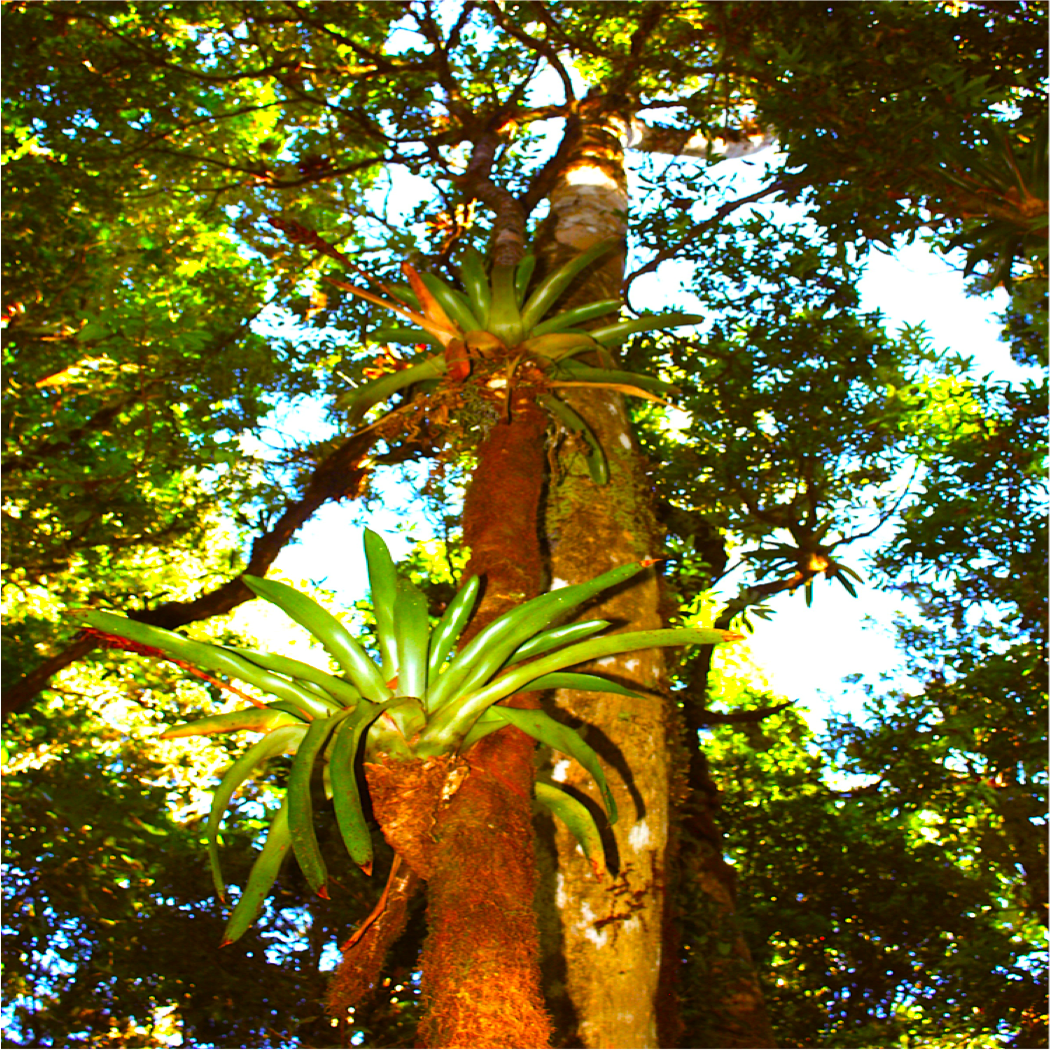
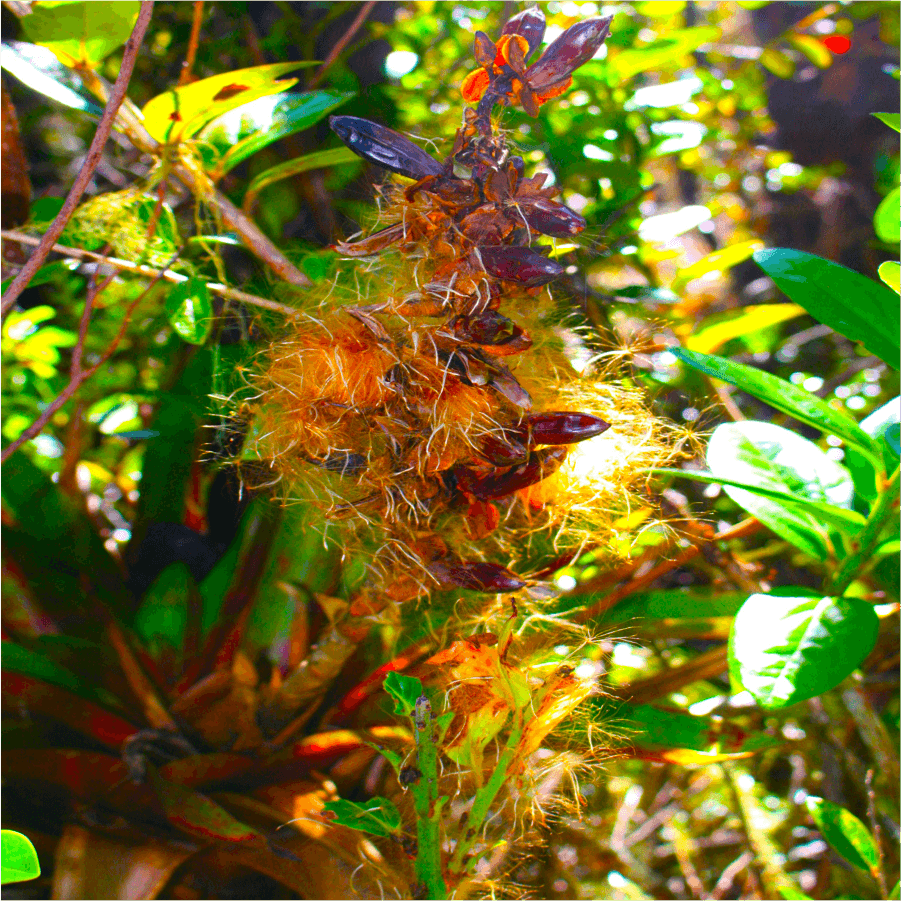
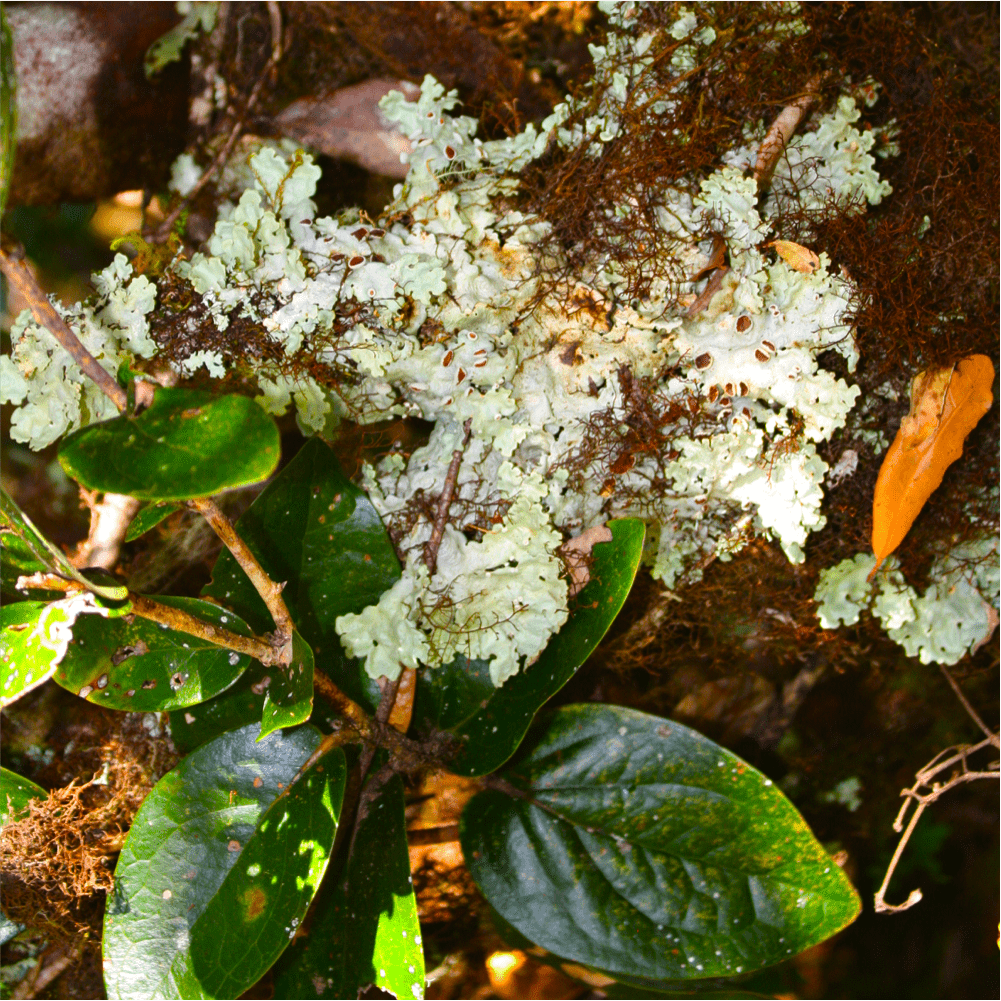
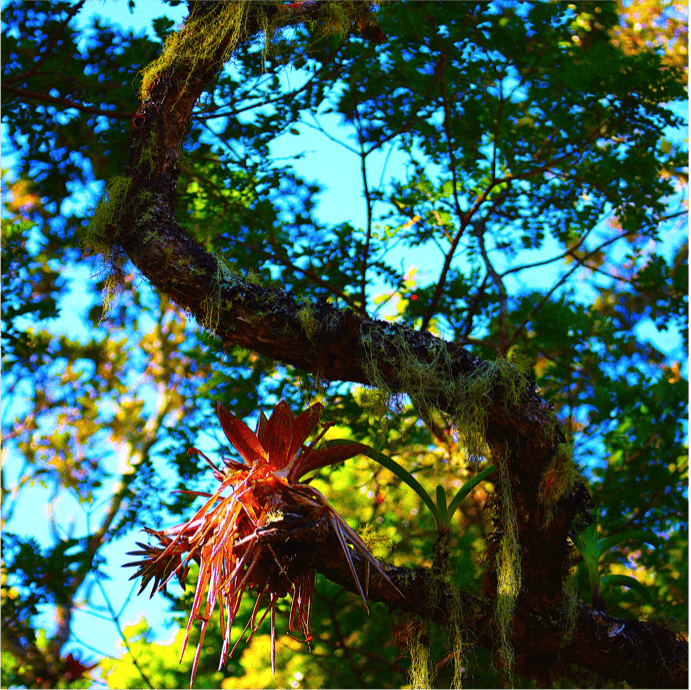
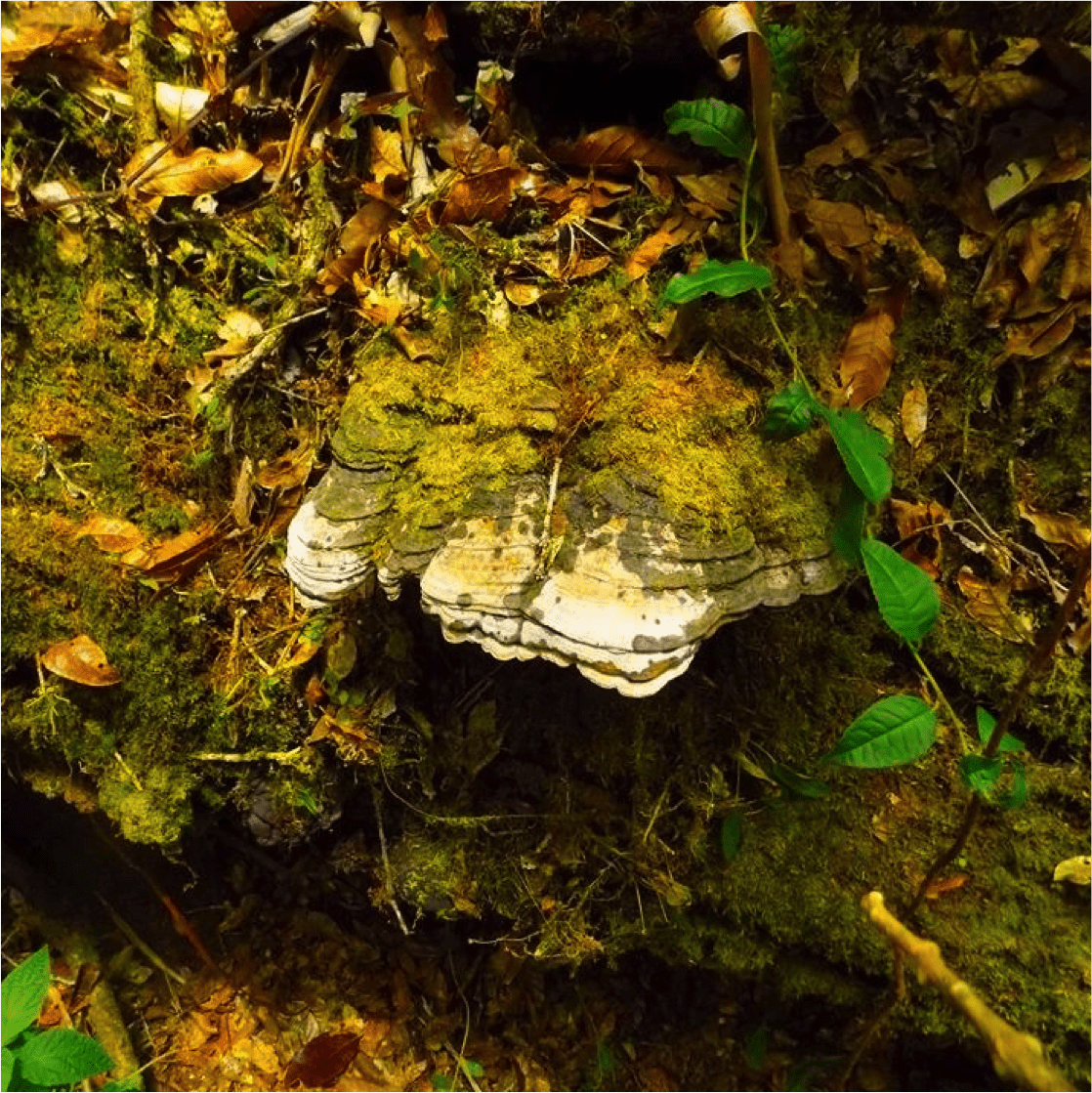
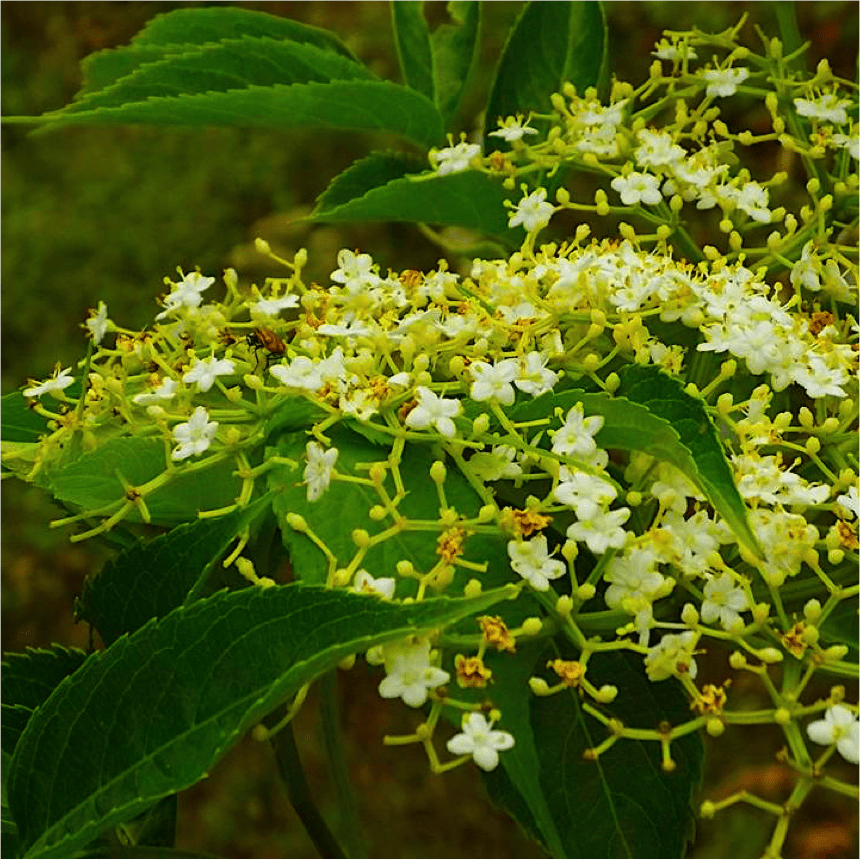
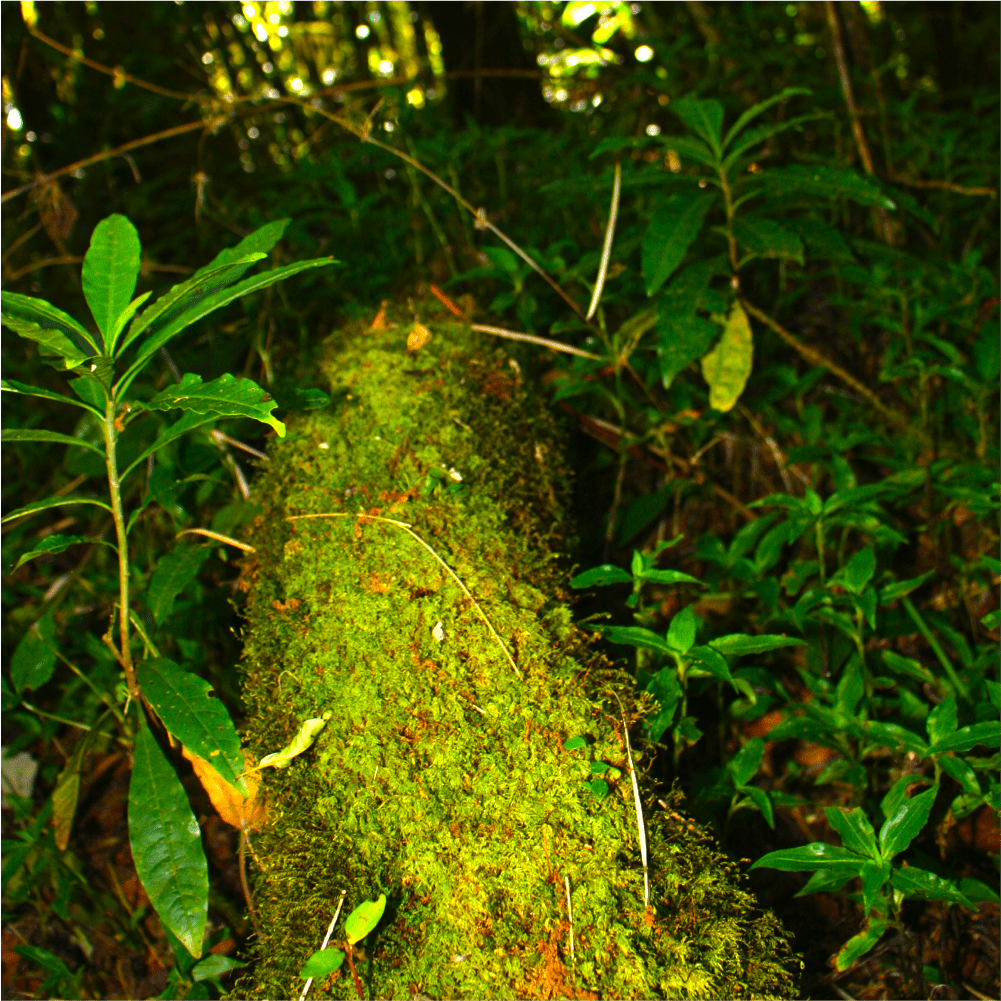
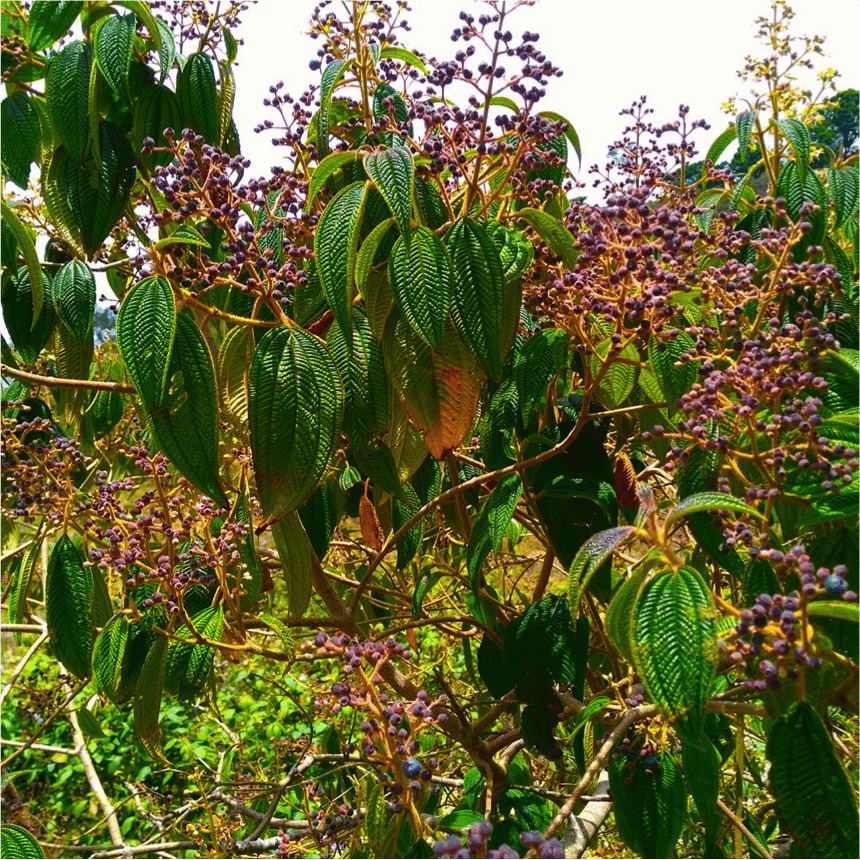
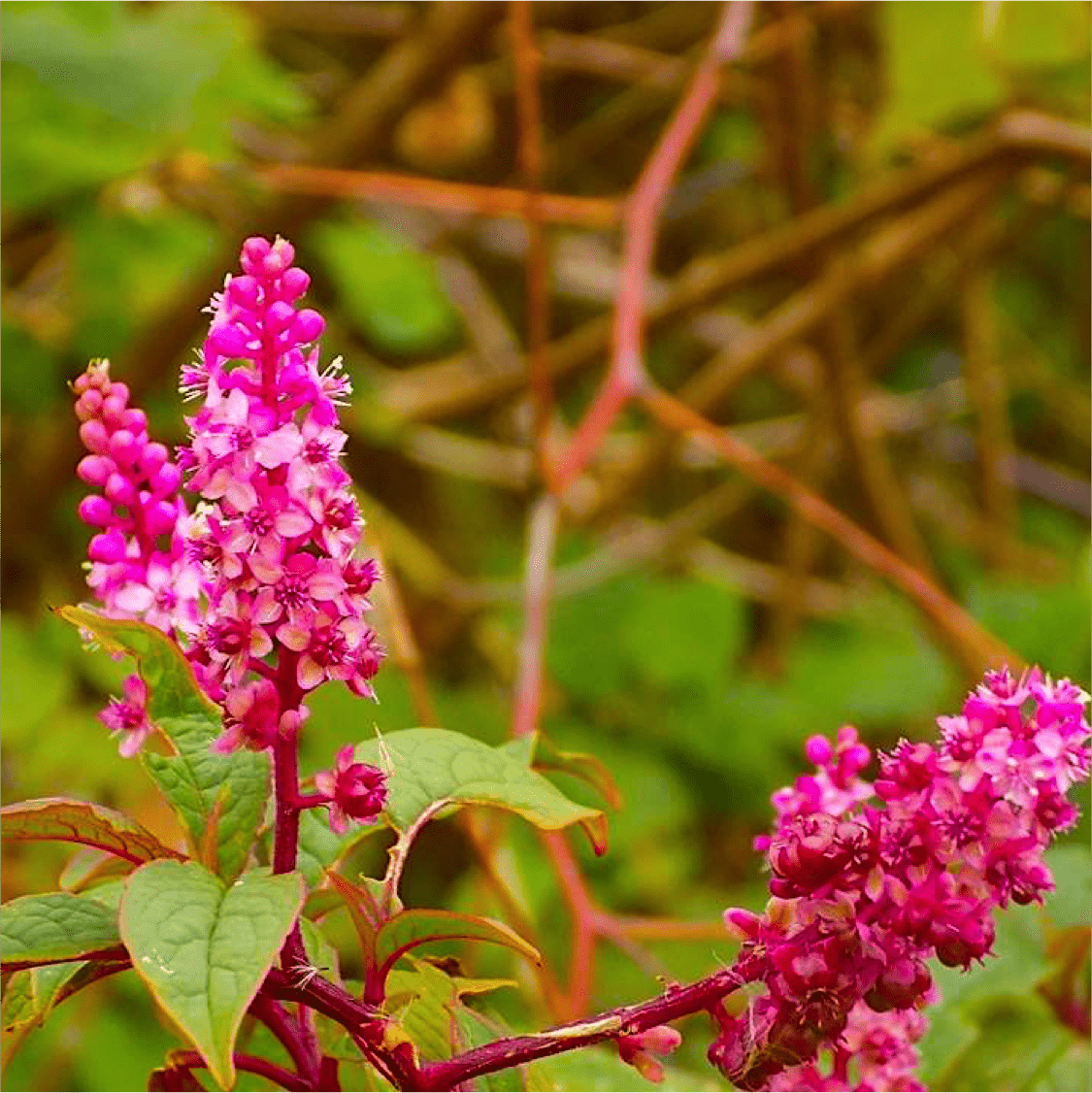
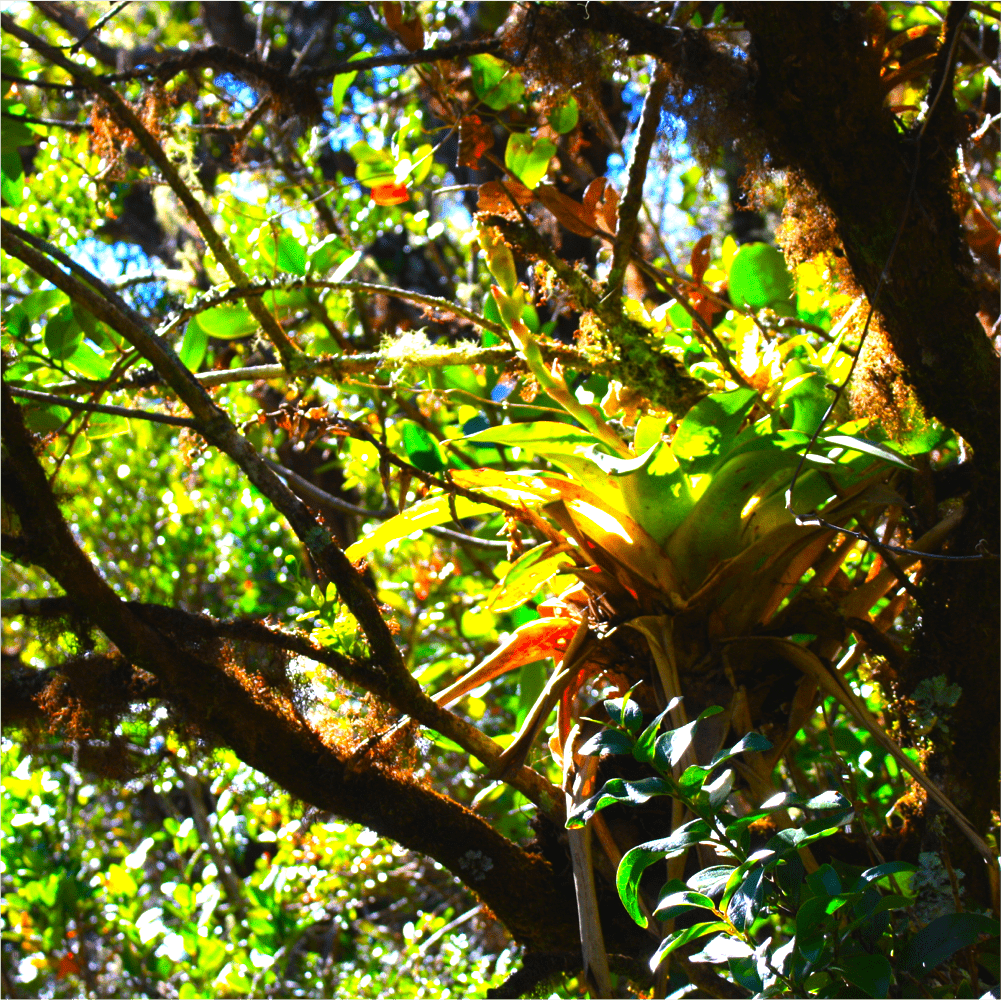
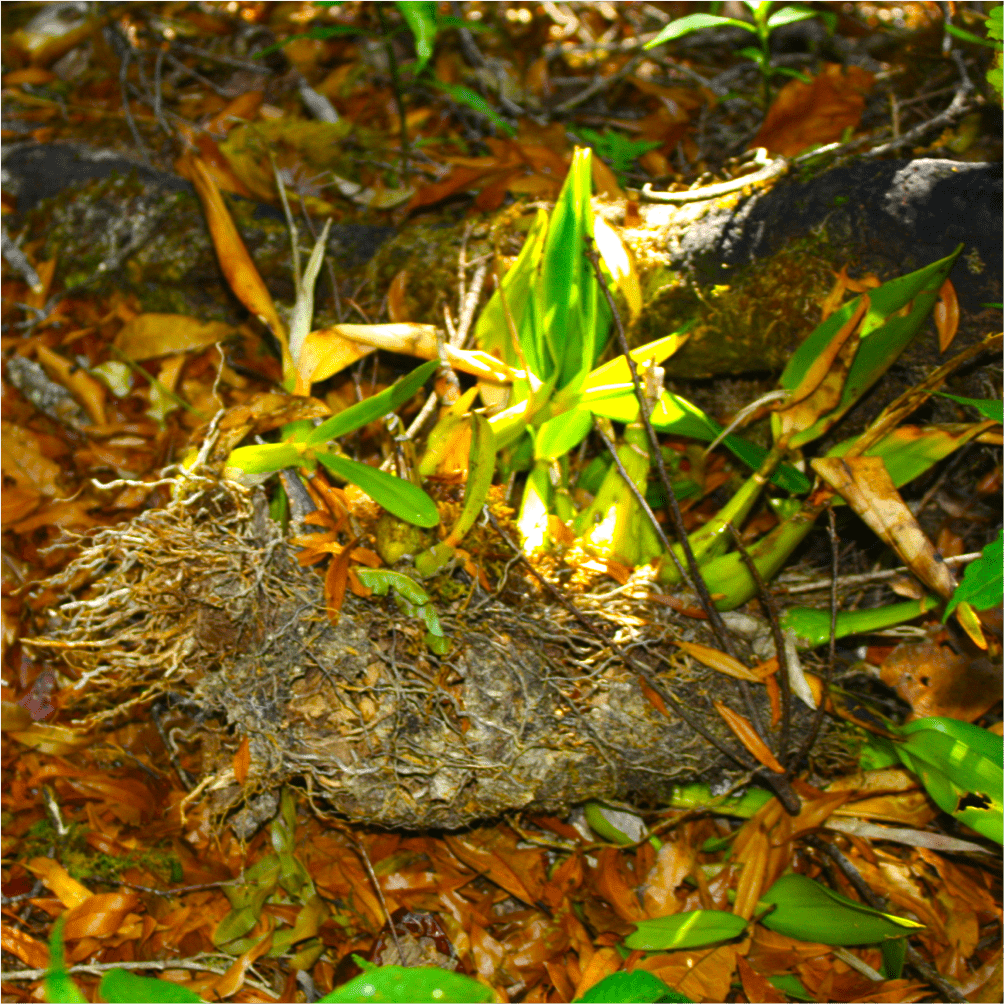
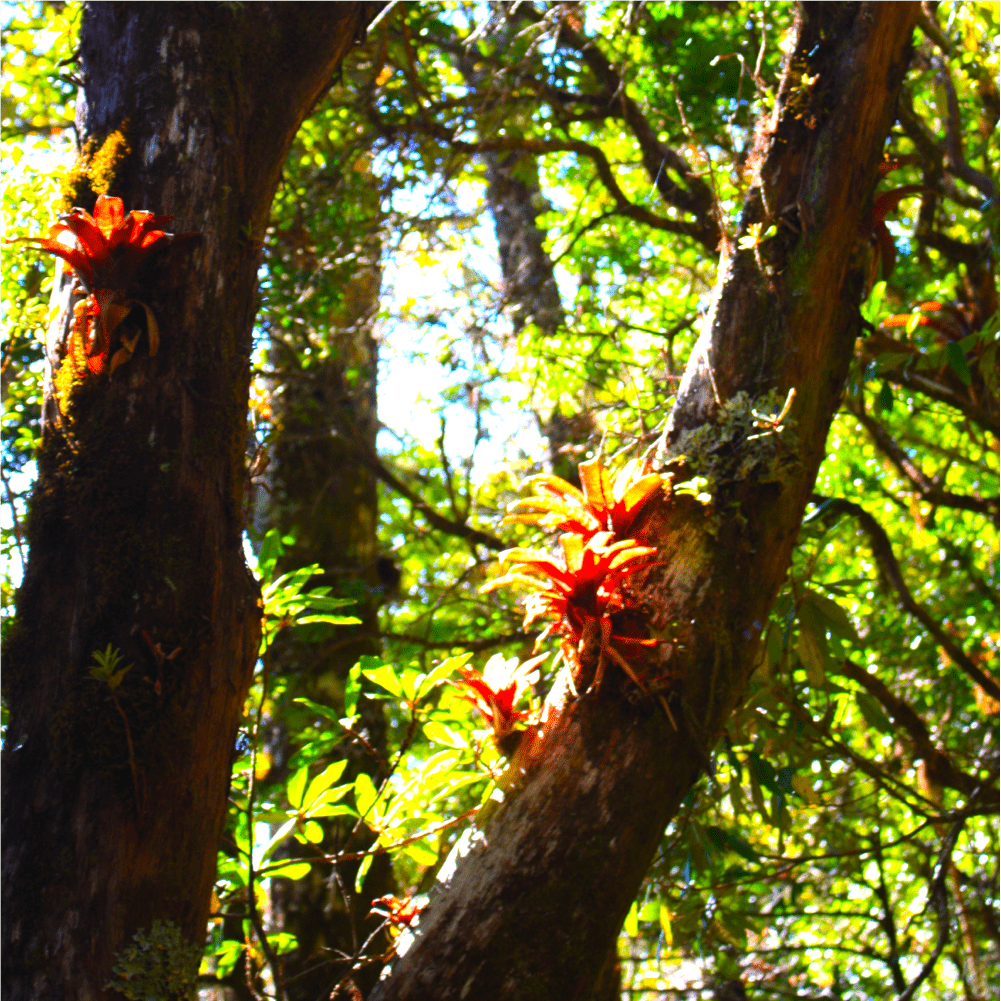
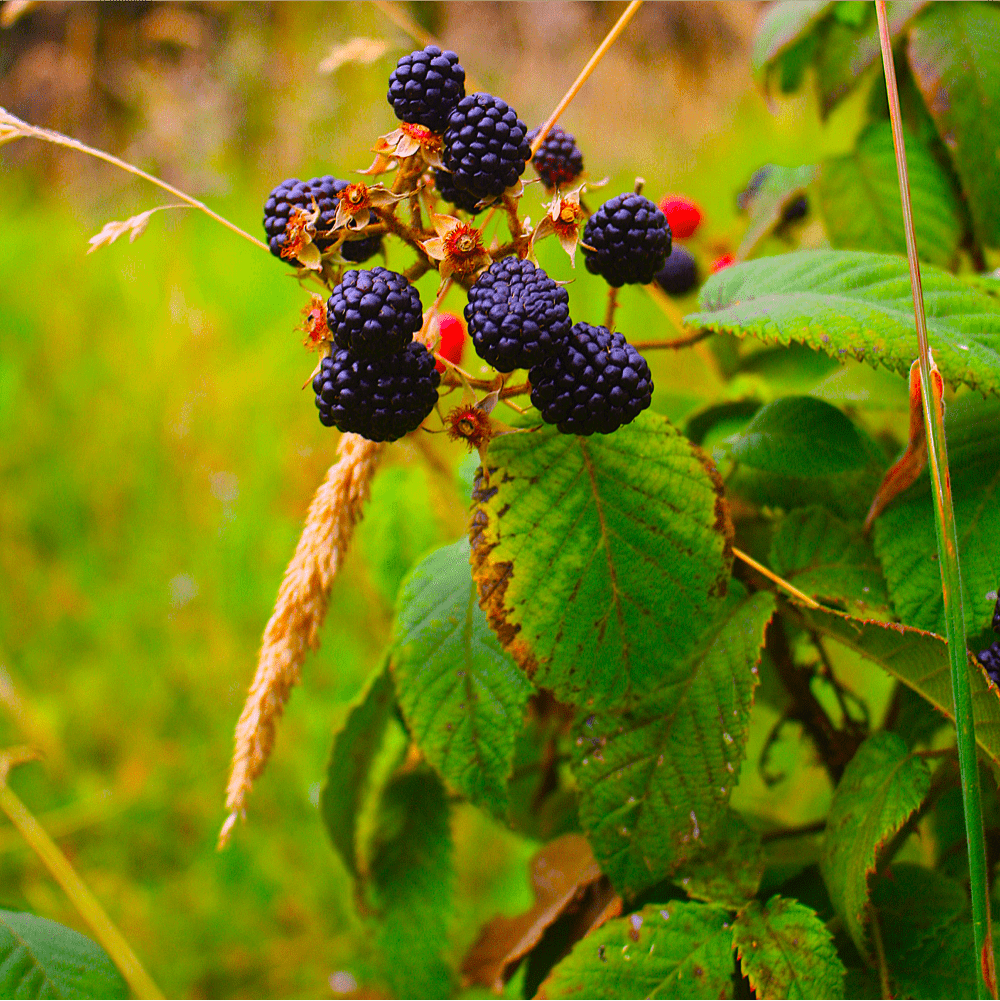

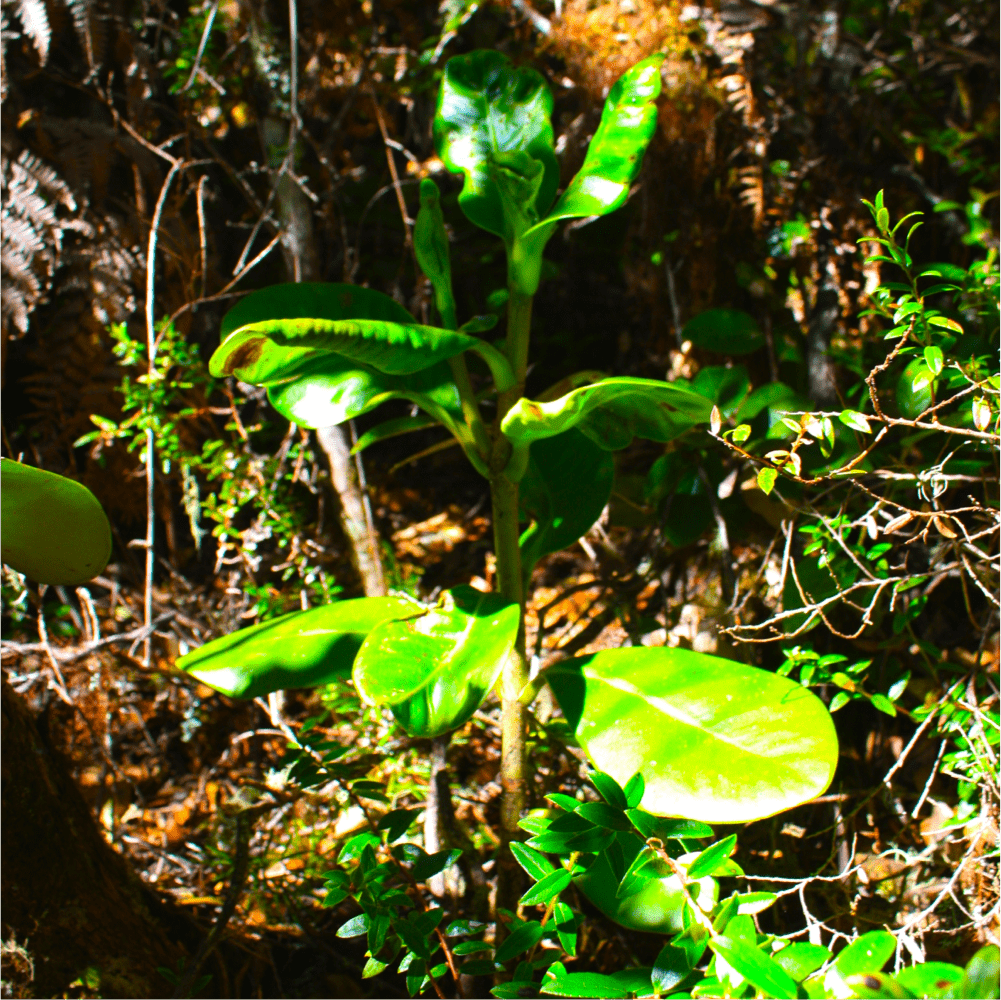











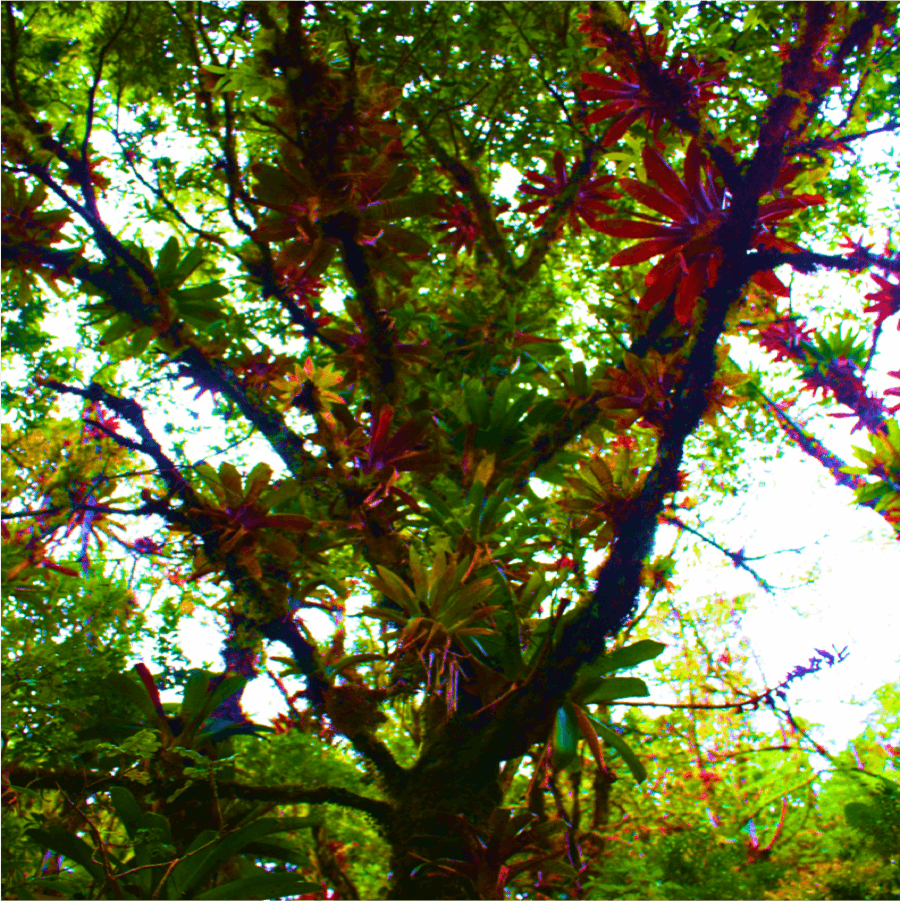
















Fauna
A great variety of fauna inhabit these mountainous forestlands. Decree No. 28278-MINAE states that Savegre S.R.L.’s properties are home to:
"species with reduced populations or that are in danger of extinction in [Costa Rica] such as: the mountain boar (Dicotyles peccary), the cougar (Felis concolor) and the jaguar (Panthera onca)."
Mammal Species
As shown in the map published by Panthera, a non-profit research organization and “the only organization in the world that is devoted exclusively to the conservation of the world’s 40 wild cat species and their ecosystems,” (Panthera, 2020) the jaguar (Panthera onca) inhabits the Talamanca mountain range in Costa Rica, and more specifically the corridor formed in part by Savegre S.R.L.’s primary tropical forestlands.
In addition to the jaguar and the cougar mentioned above, there are four other species of feline that inhabit these forestlands: the ocelot (Leopardus pardalis), the jaguaundi (Herpailurus yagouaroundi), the margay (Leopardus wiedii) and the oncilla (Leopardus tigrinus). Other mammal inhabitants include the Baird’s tapir (Tapirus bairdii), commonly known in Costa Rica as the Danta and whose population in these forestlands is the highest in the country, the white-lipped peccary (Tayassu pecari), the neotropical otter (Lontra longicaudis), the Mexican hairy dwarf porcupine (Coendou mexicanus), the northern tamandua (Tamandua mexicana), the silky anteater (Cyclopes didactylus), the cacomistle (Bassariscus sumichrasti), the white-nosed coati (Nasua narica), the red brocket (Mazama americana), and the tayra (Eira barbara) are also present.
Bird Species
There is a rich variety of bird species that inhabit the upper Savegre watershed. The Costa Rican National Museum (2005) describes the following:
“In the [upper Savegre Watershed] there is an abundance of woodcreepers, woodpeckers, hummingbirds, and tanagers. There are species that are distinctive for their songs, such as the black-faced solitaire thrush and the golden grosbeak, and others for their colorful plumage, such as the golden-browed chlorophonia, the golden-rumped euphonia, and the red-headed barbet. In this zone the species that is most renowned for its beauty is the resplendent quetzal. Amongst the abundant oak trees live species such as the buffy tuftedcheek, which specializes in finding insects amongst the bromelias. There are also endemic species of great importance, such as the flame-throated warbler, the wrenthrush (also called the Zeledonia), and the silky fly-catcher. In the subalpine and alpine ecosystems diverse species of hummingbirds can be found, along with the large-footed finch and the volcano junco. The easy observation of birds in this environment and the high number of endemic species makes the subalpine and alpine ecosystems very important for tourism and conservation. […] There are many species of birds that make their homes and find their sustenance amongst the mosses and epiphyte plants, including species of woodcreepers and woodpeckers. Many species present striking colors such as the green honeycreeper and other tanagers. Hummingbirds are also abundant, amongst which there are many striking species such as the violet sabrewing.”
Madrigal (1999) also describes the great abundance of bird species stating that around 400 species have been observed, including the resplendent quetzal (Pharomacrus mocinno), the crested eagle (Morphnus guianensis), the red-tailed hawk (Buteo jamaicensis), the volcano hummingbird (Selasphorus flammula), the black guan (Chamaepetes unicolor), the crested guan (Penelope purpurascens), the great tinamou (Tinamus major), the red-billed pigeon (Columba flavirostris), the wrenthrush (Zeledonia coronata), the elegant trogon (Trogon elegans), and the acorn woodpecker (Melanerpes formicivorus)
Amphibian & Reptile Species
There are also a number of amphibian and reptile species that call these forestlands home, including the Mesaspis monticola and the La Palma salamander (Bolitoglossa subpalmata), which has an interesting living pattern depending on the altitude it inhabits: it always lives in altitudes above 1,500 meters, but in the lower altitudes of its range it tends to live in the tree canopy, while in the higher altitudes of its range it tens to be completely terrestrial, living under rocks and in other hidden places (Madrigal 1999).
Endangered & Vulnerable Species2
Species such as the tapir (Tapirus bairdii), the oncilla (Leopardus tigrinus), the jaguar (Panthera onca) and the white-lipped peccary (Tayassu pecari) are categorized as endangered or vulnerable by the International Union for Conservation of Nature.
Endemic Species
Other species such as the wrenthrush (Zeledonia coronata), the volcano hummingbird (Selasphorus flammula) and the La Palma salamander (Bolitoglossa subpalmata) are endemic species, meaning they are only found in this Talamanca Mountain Range in Costa Rica.
Responsibility to Protect & Conserve
These species’ habitat areas are shrinking ever more rapidly due to deforestation and other human activities. This means that property owners must act responsibly and respect the natural world by conserving remaining forestlands.
